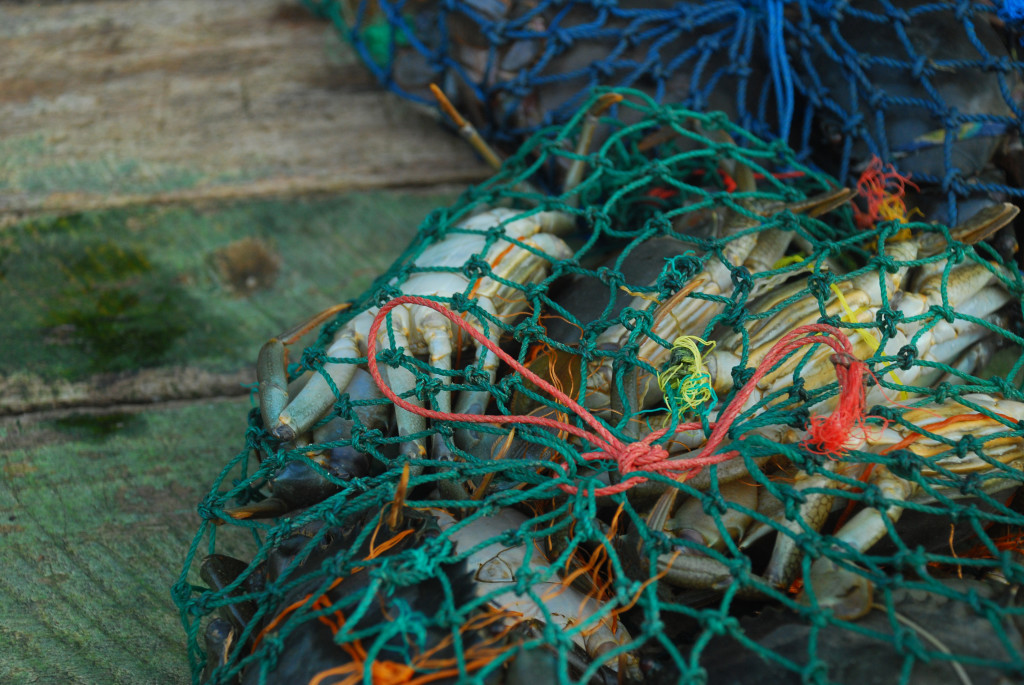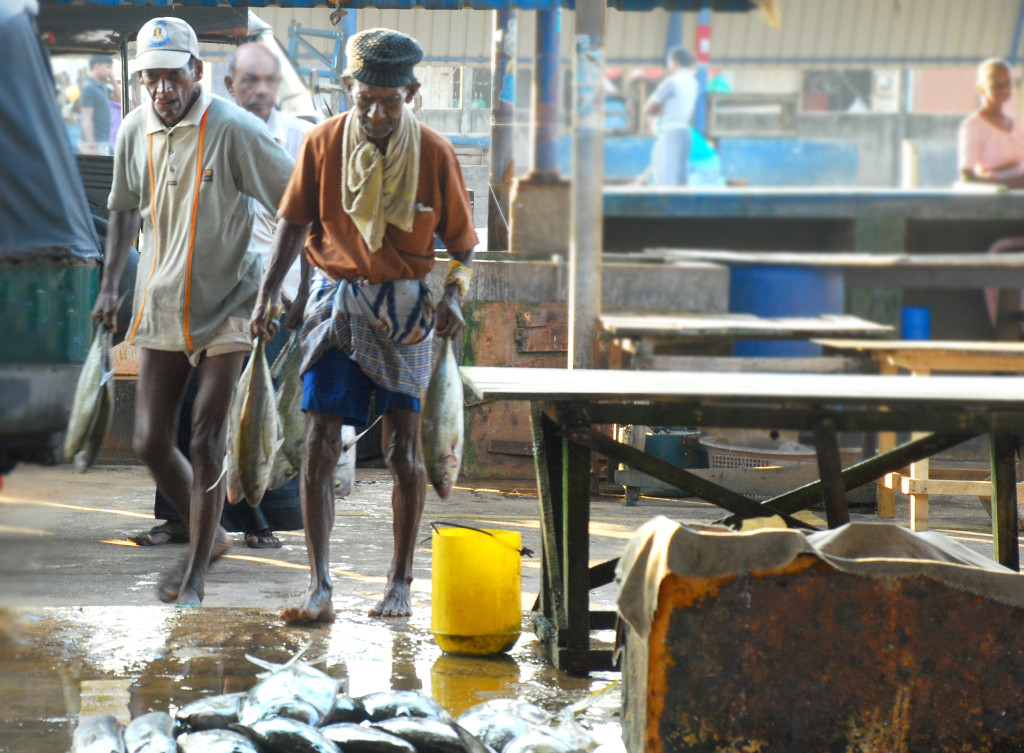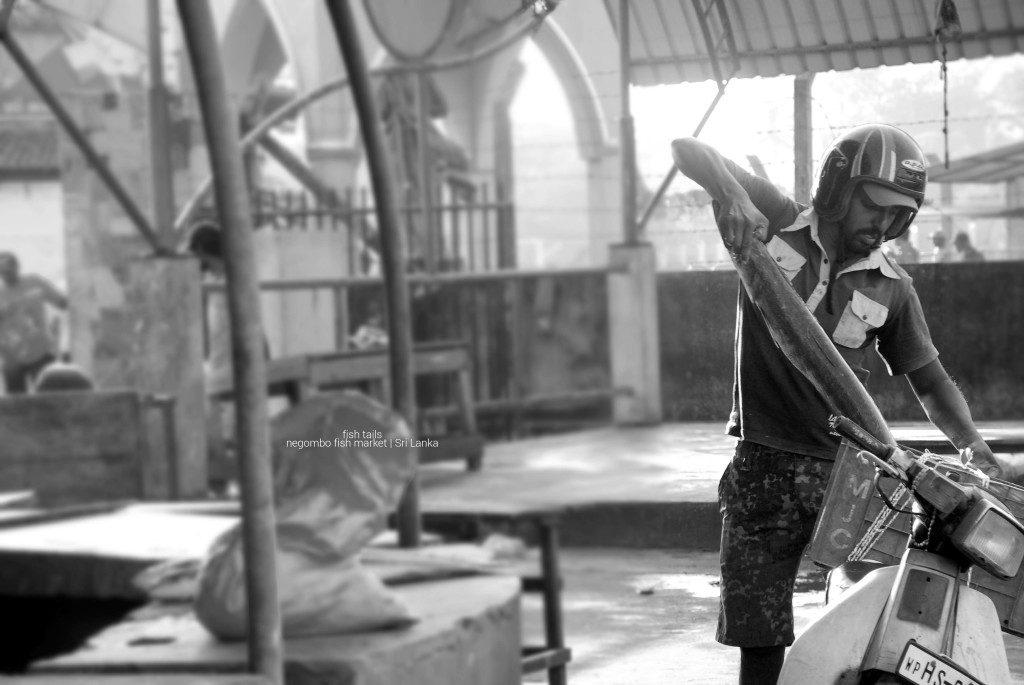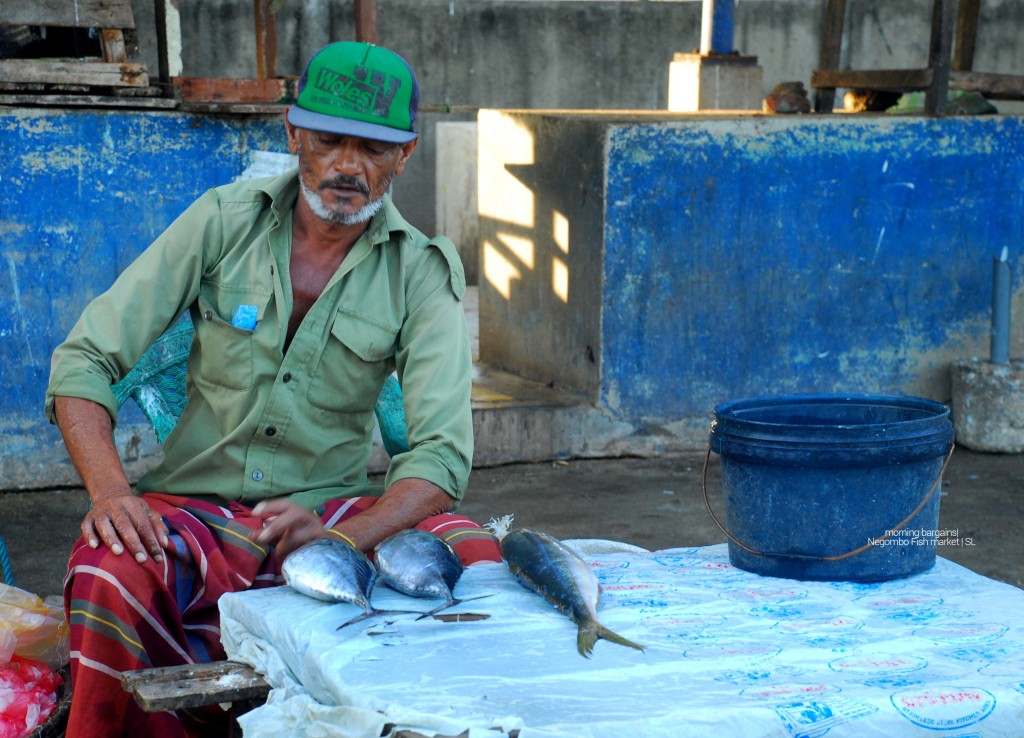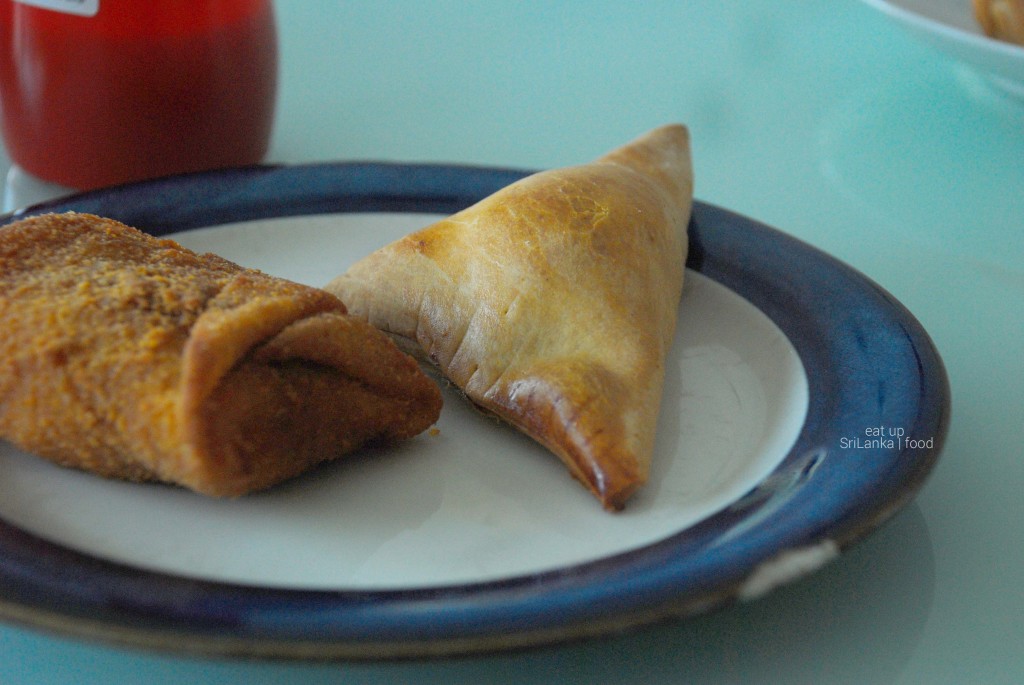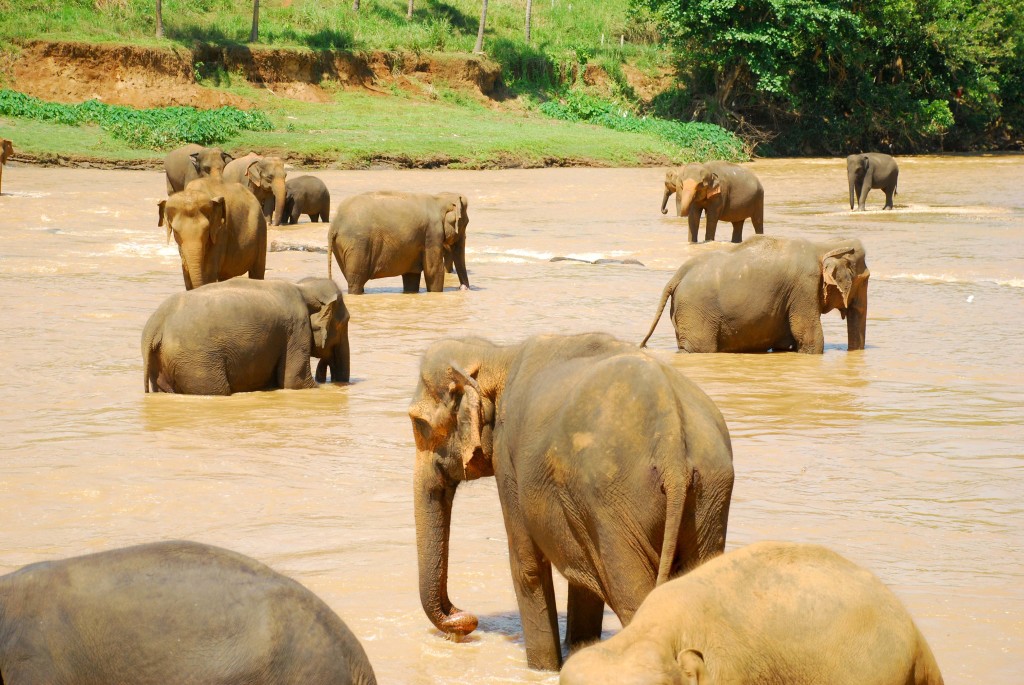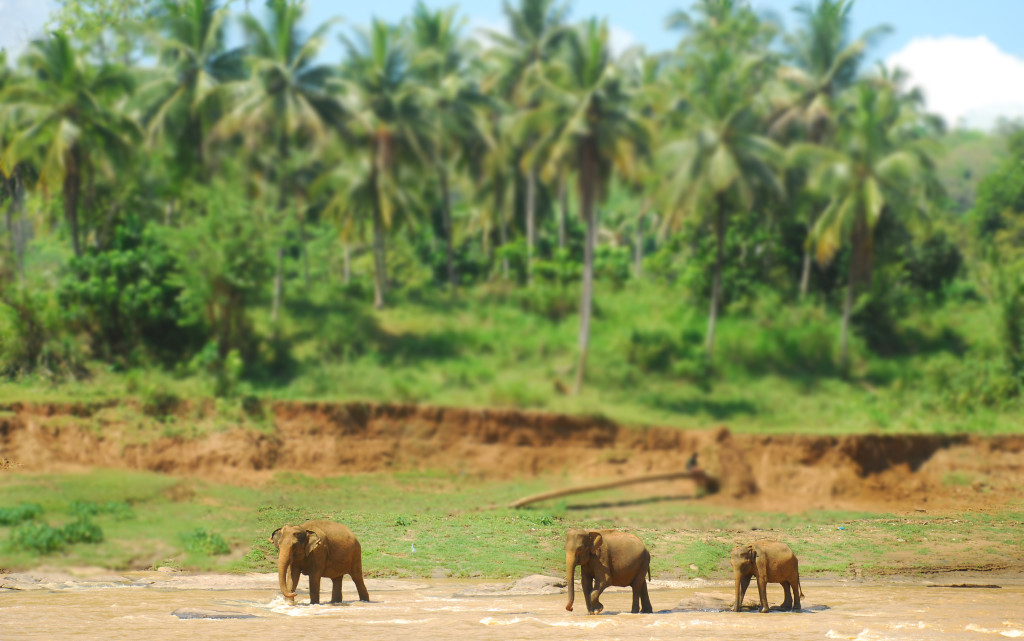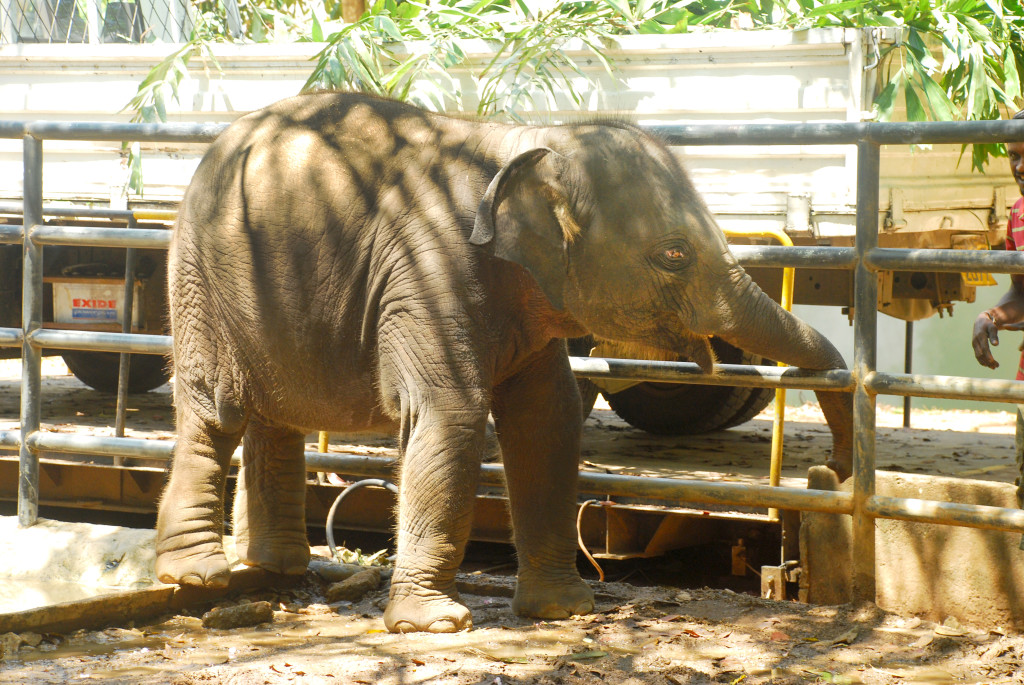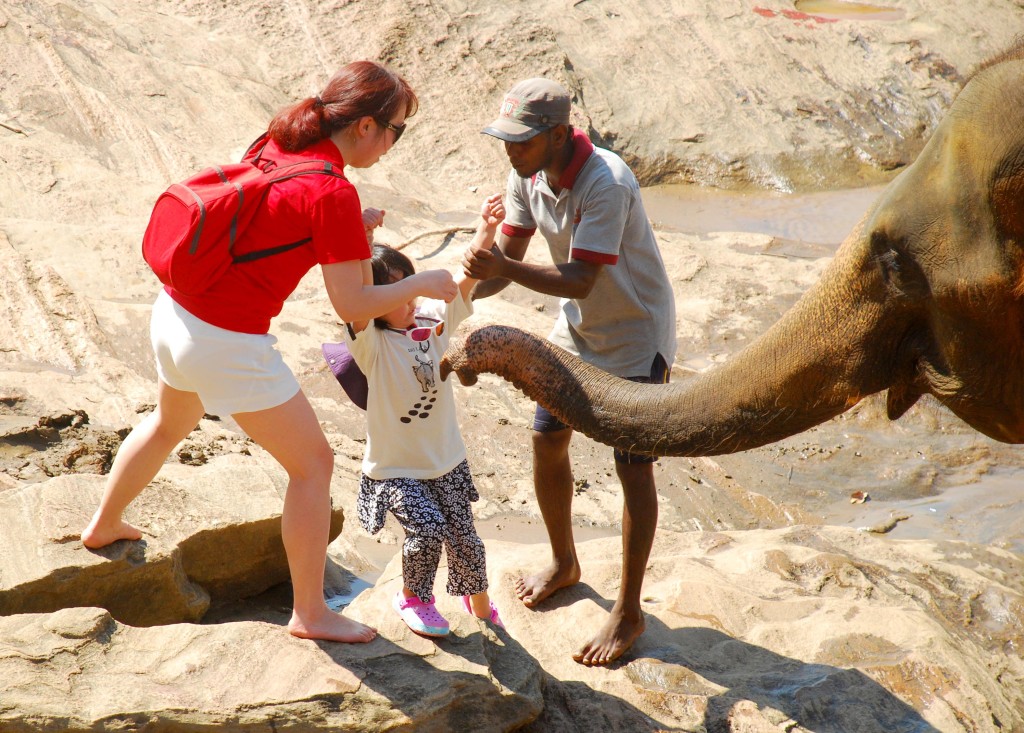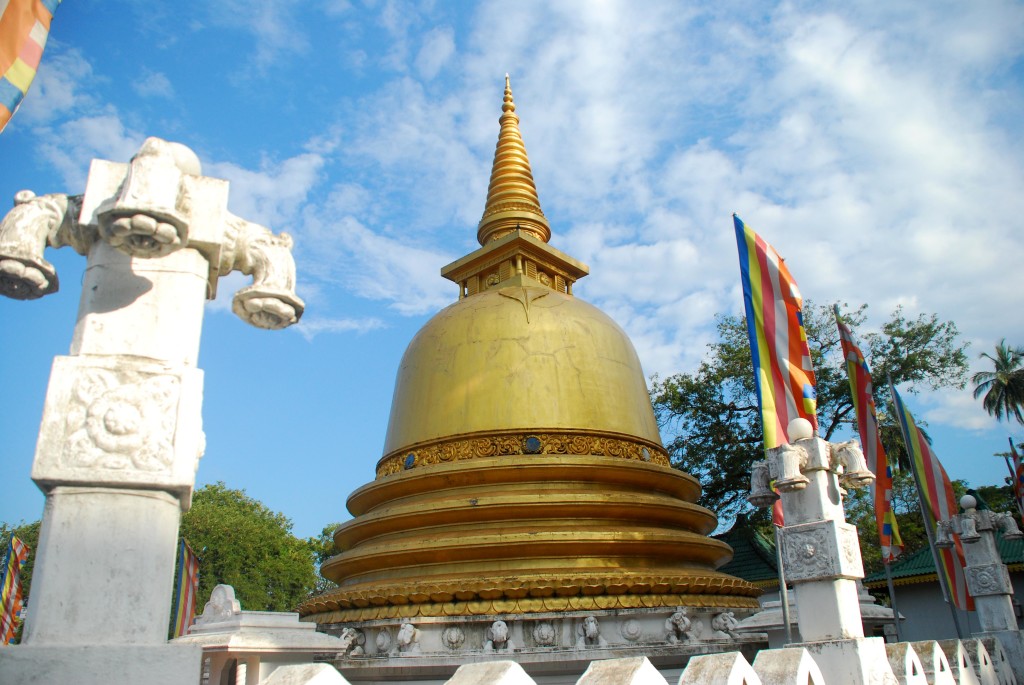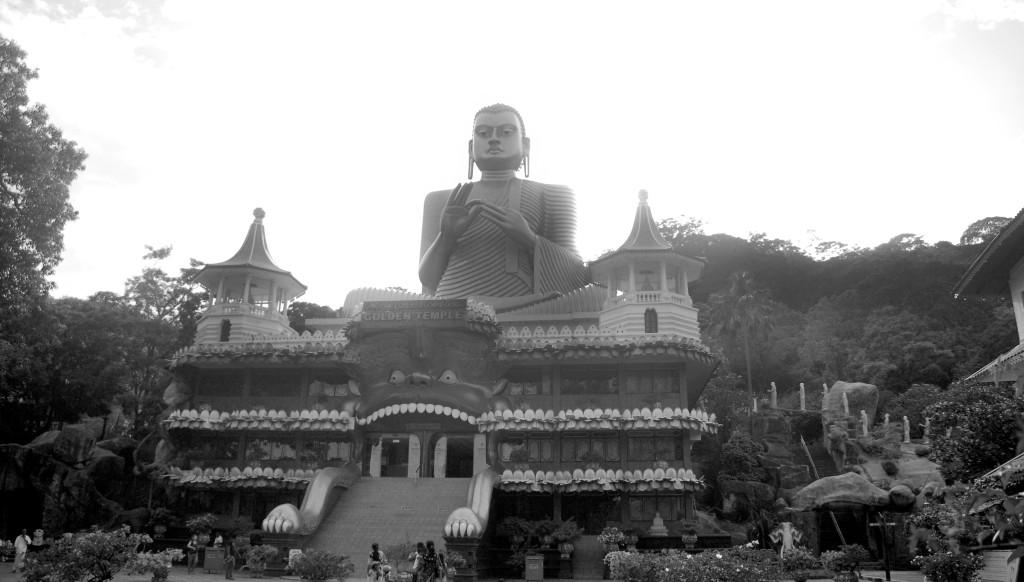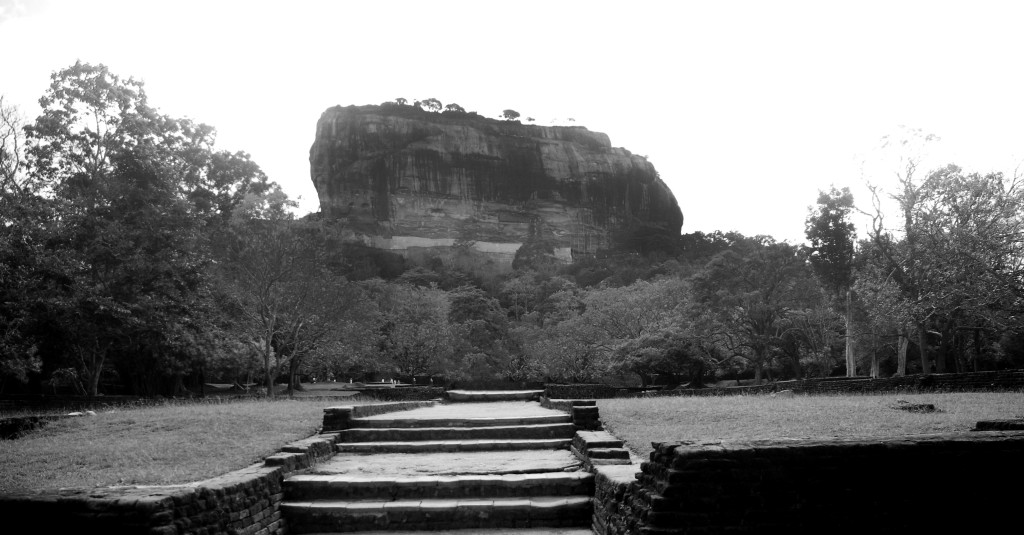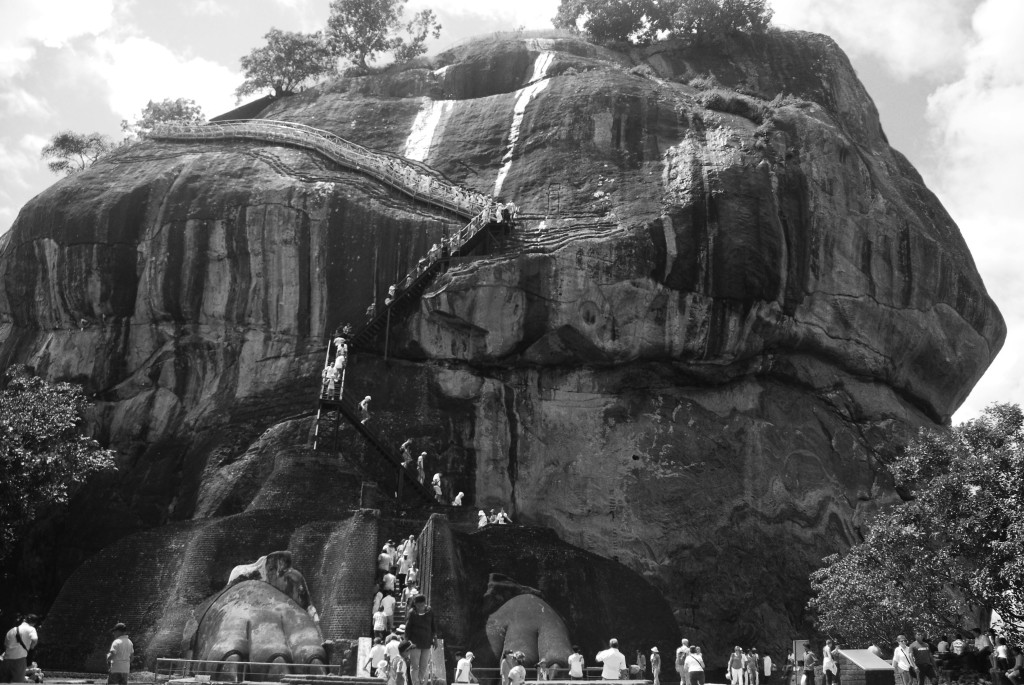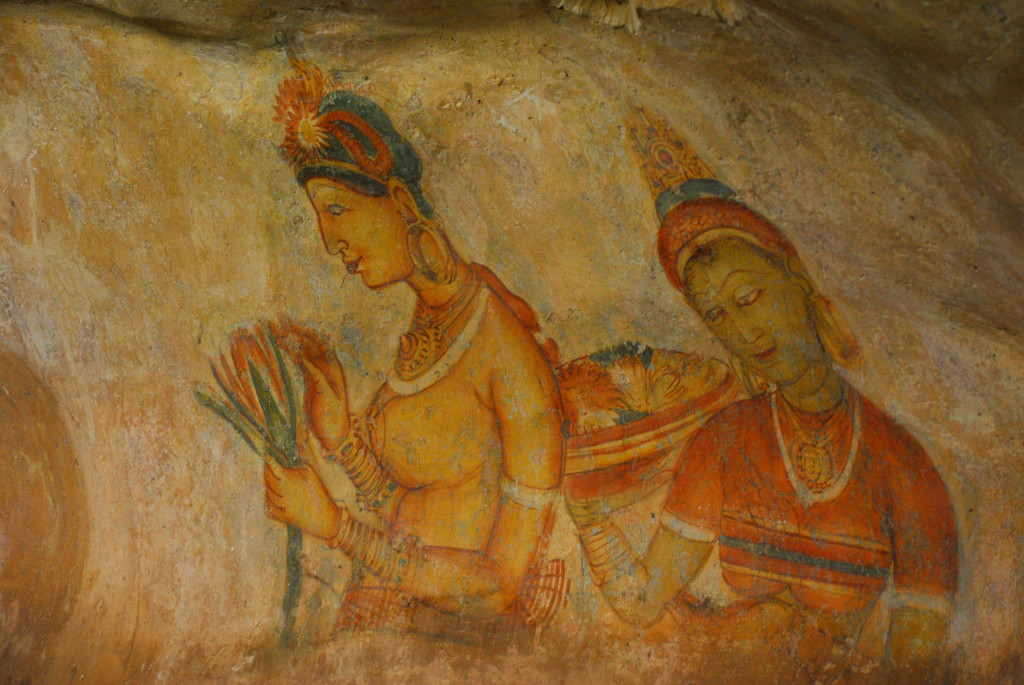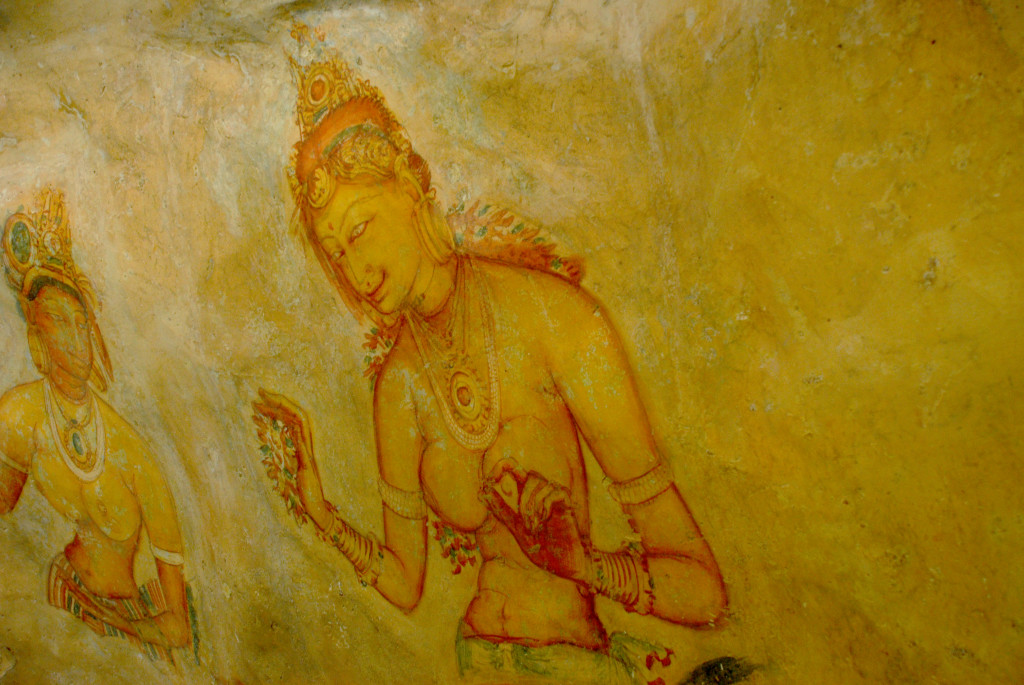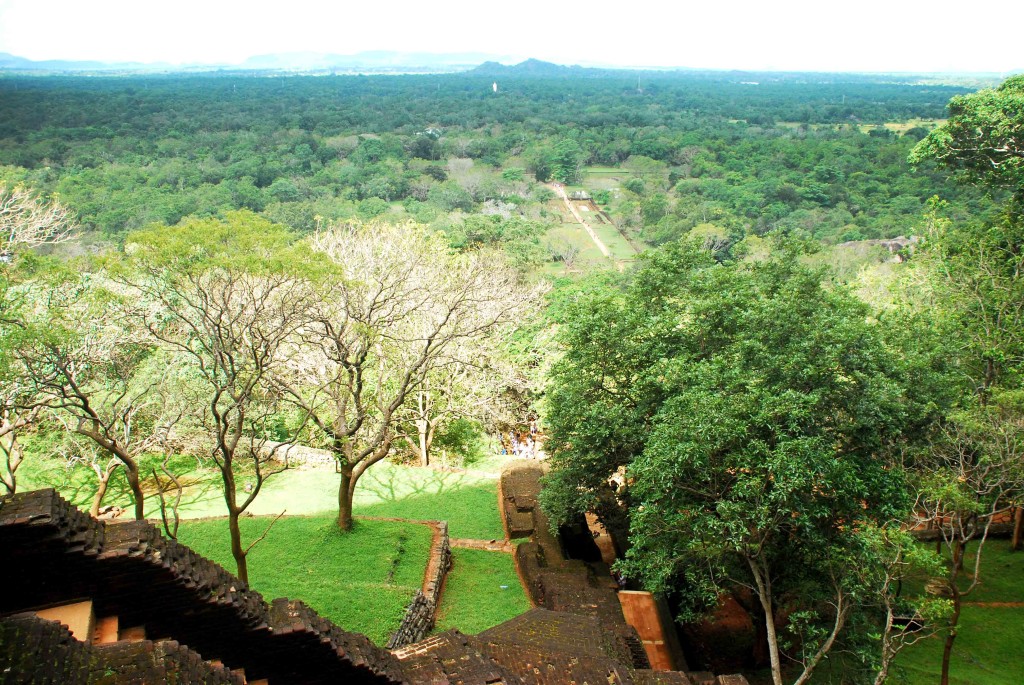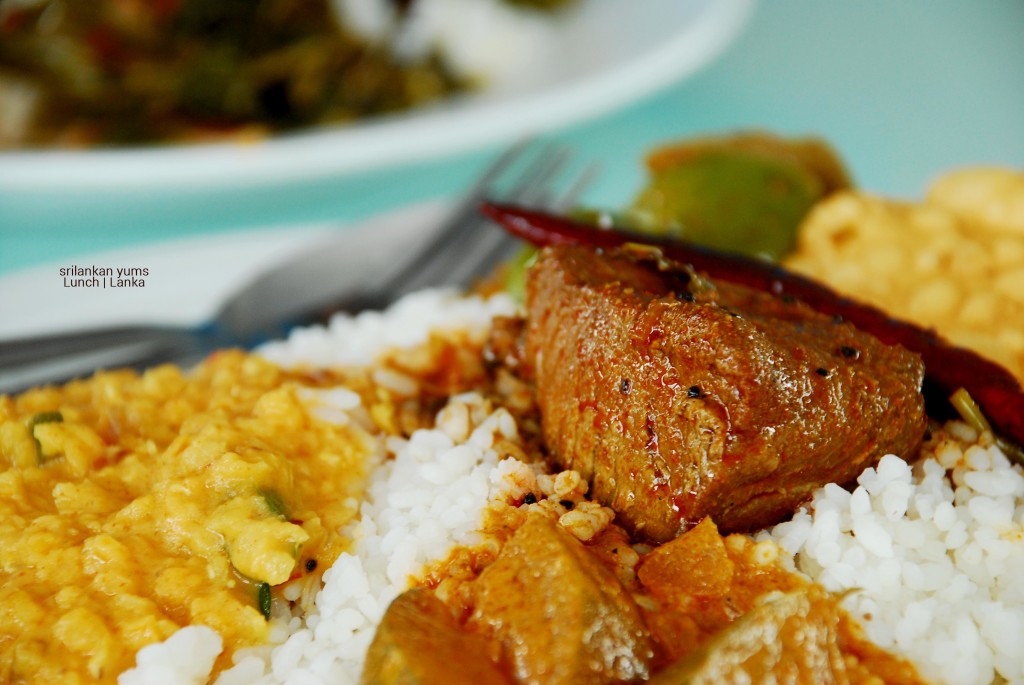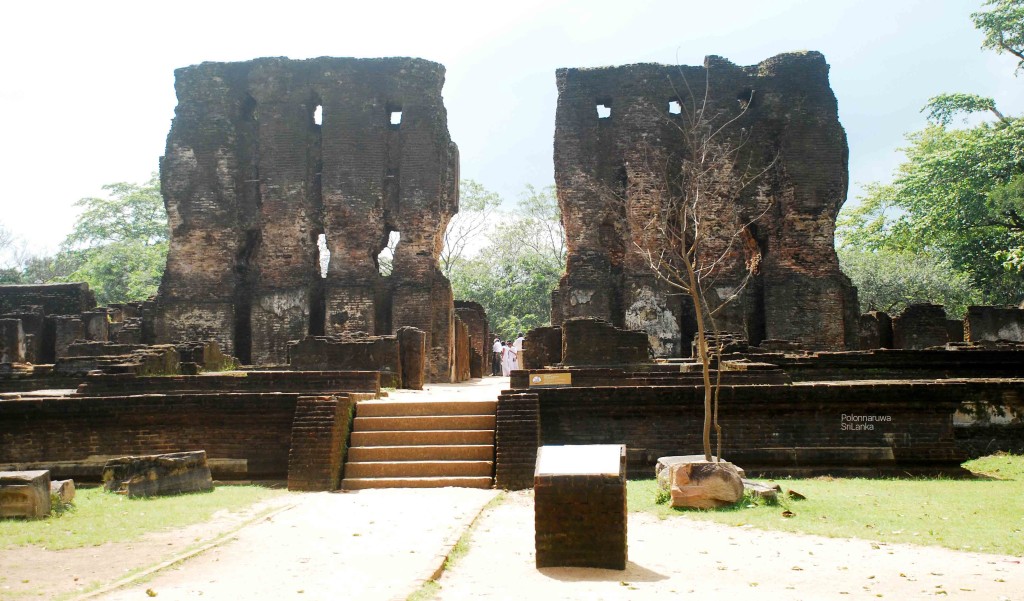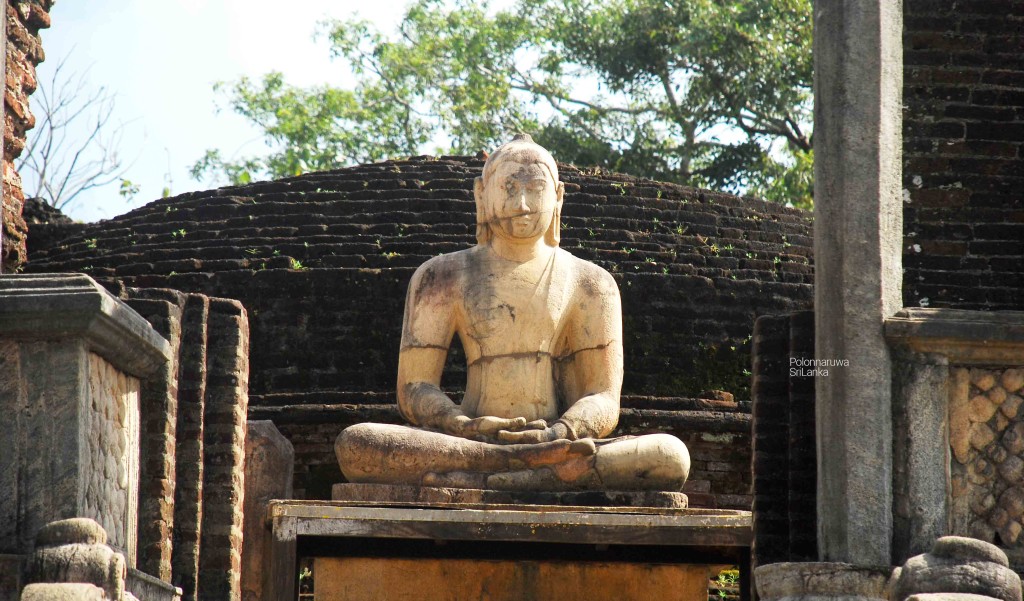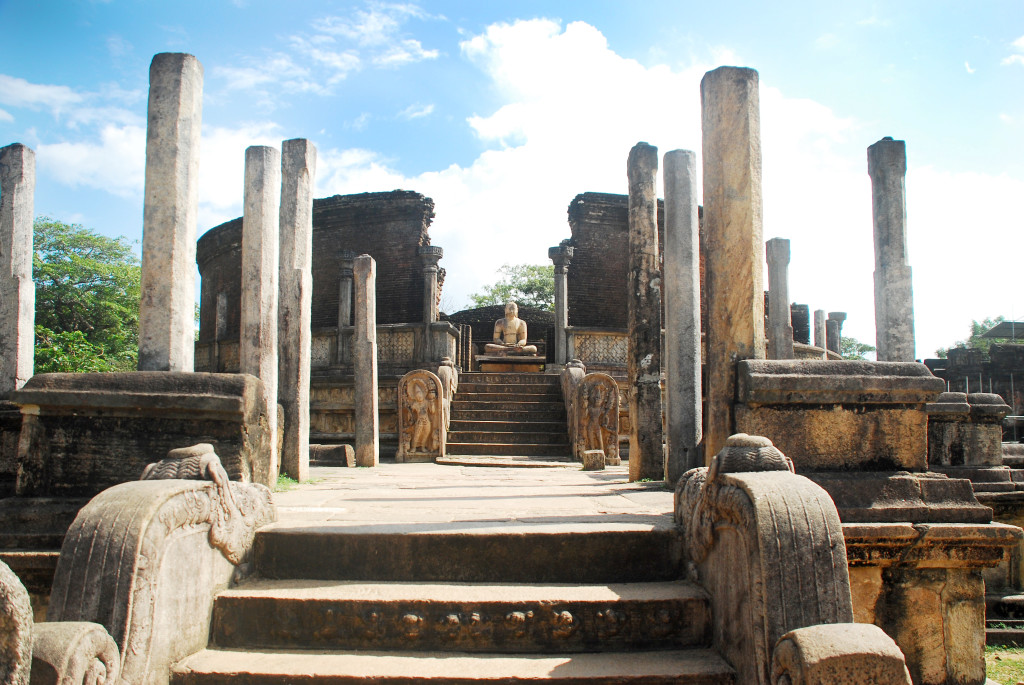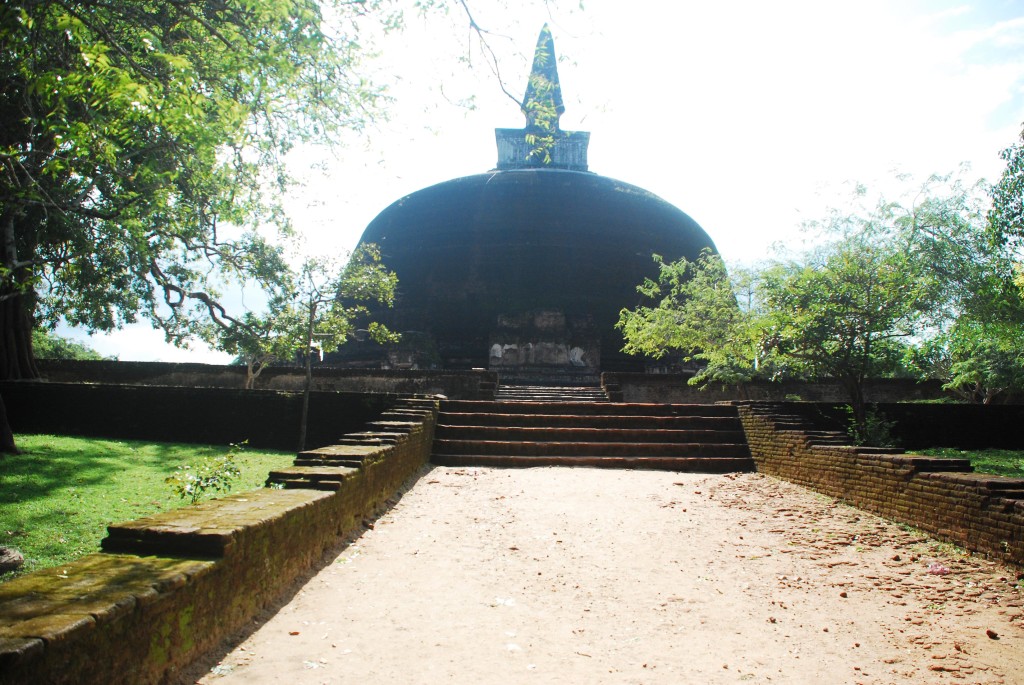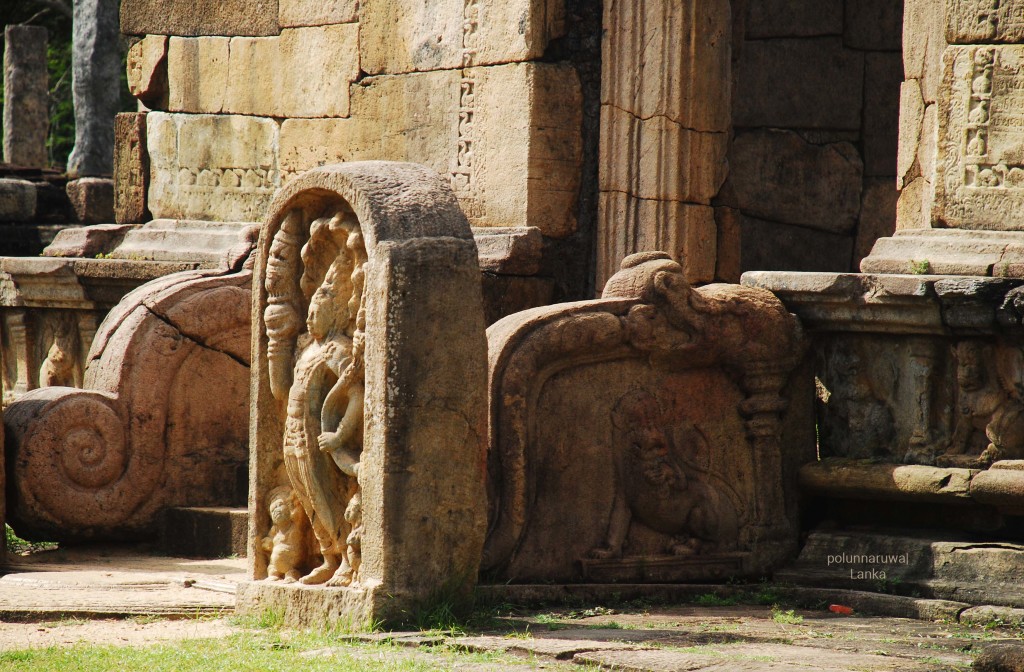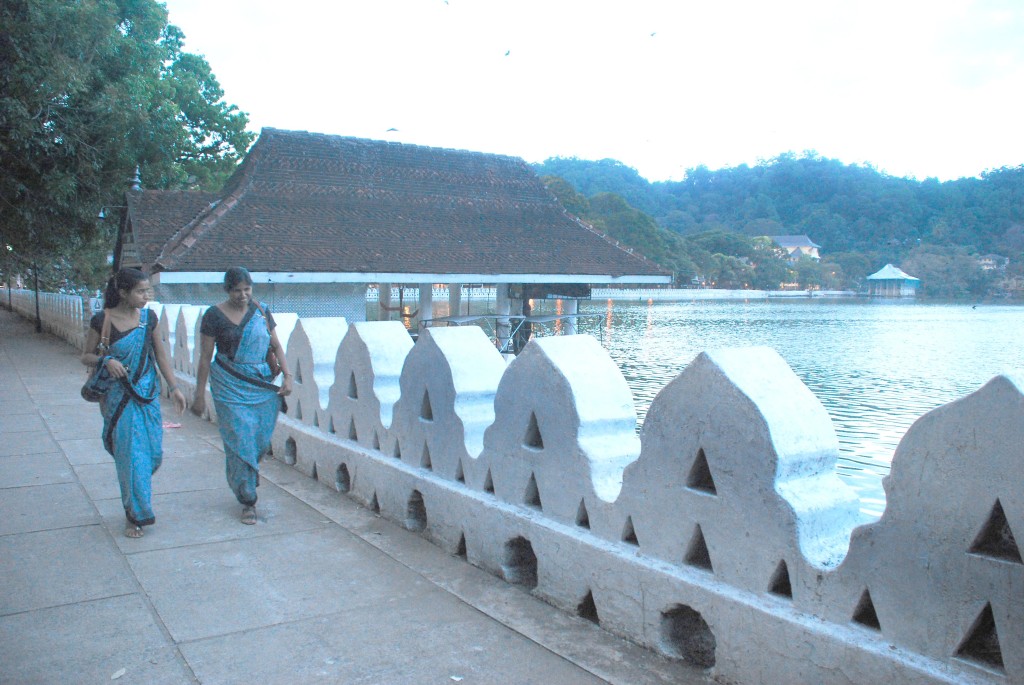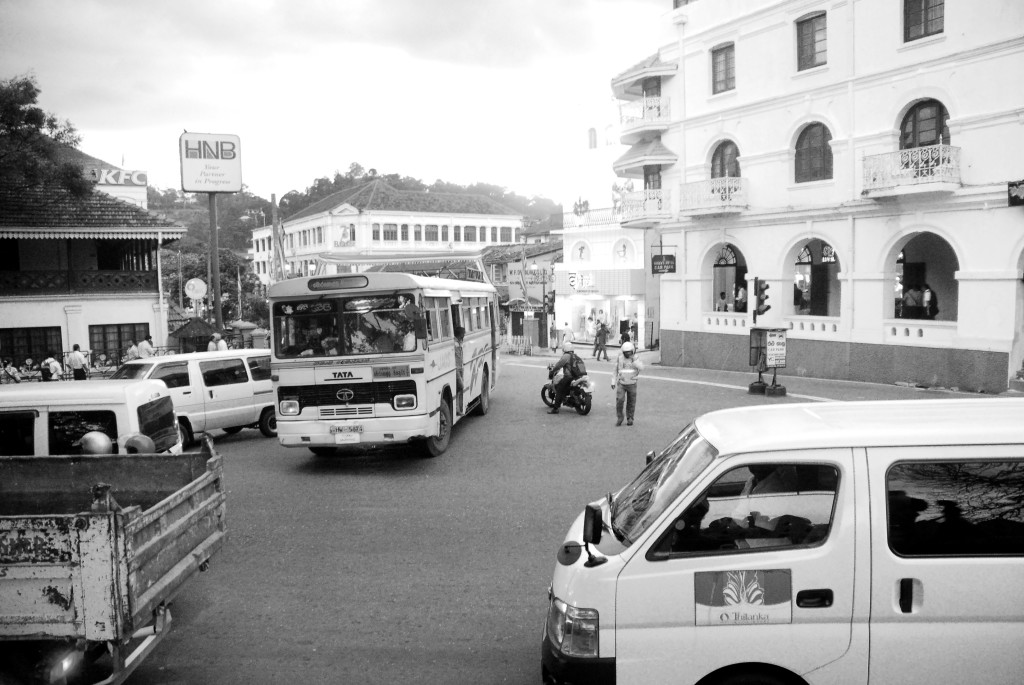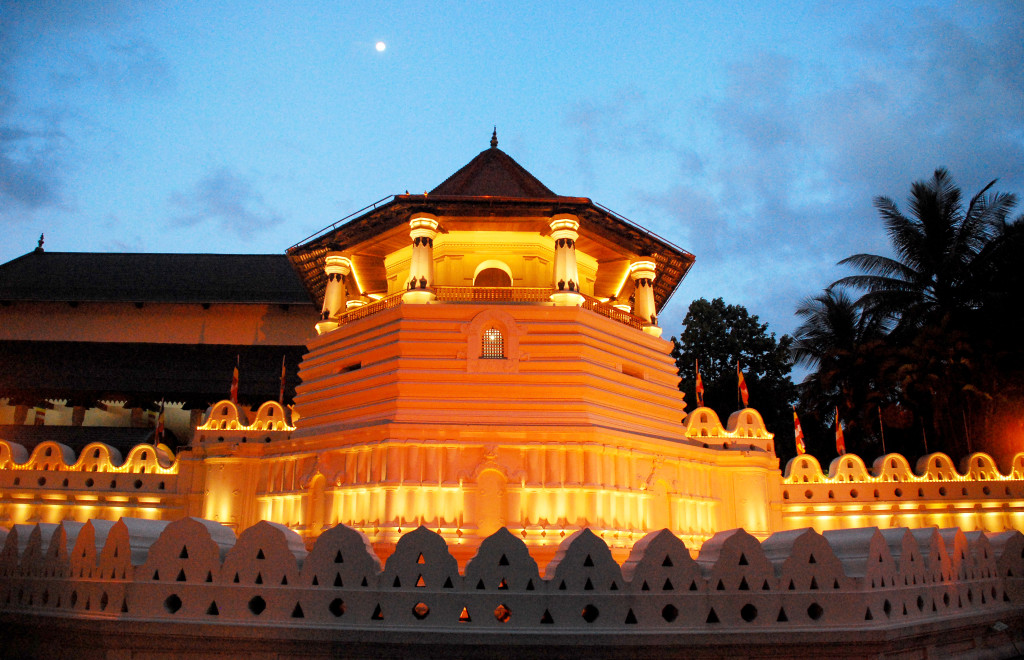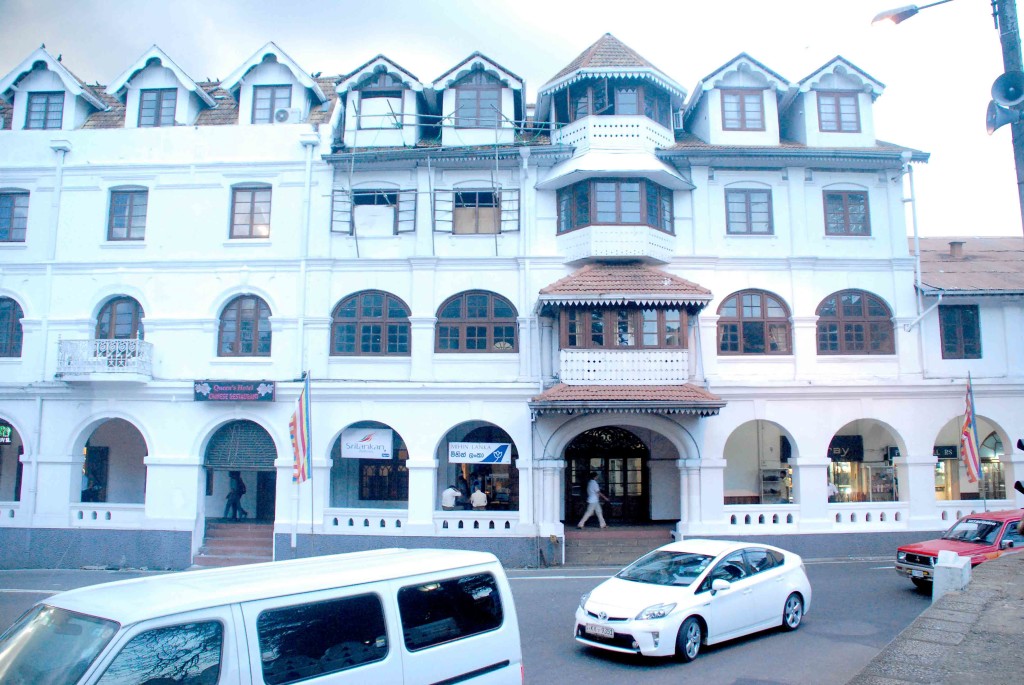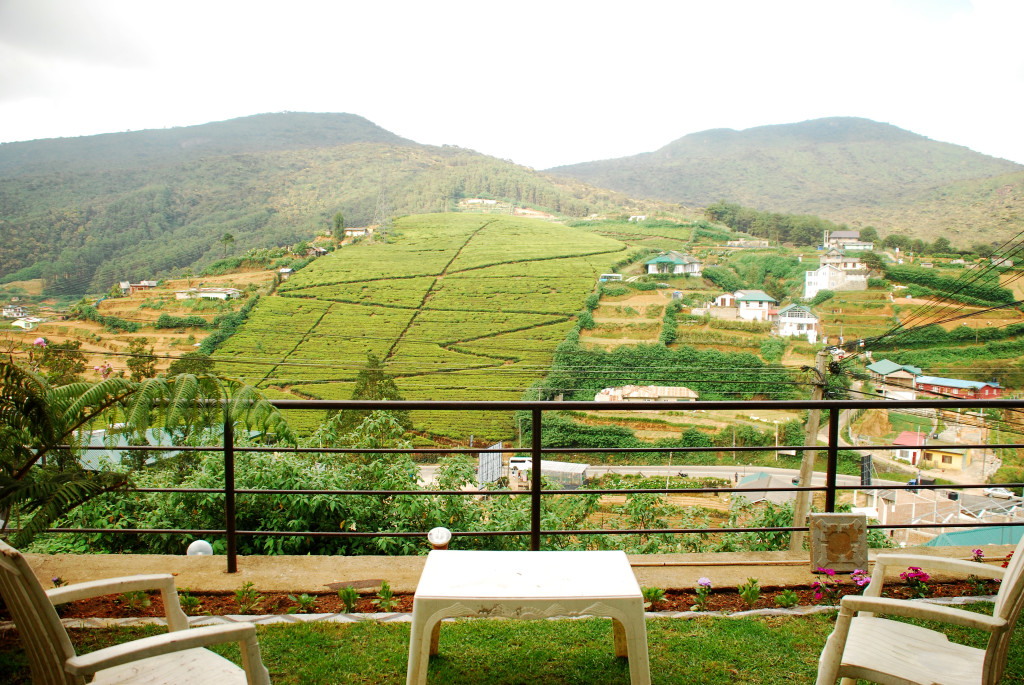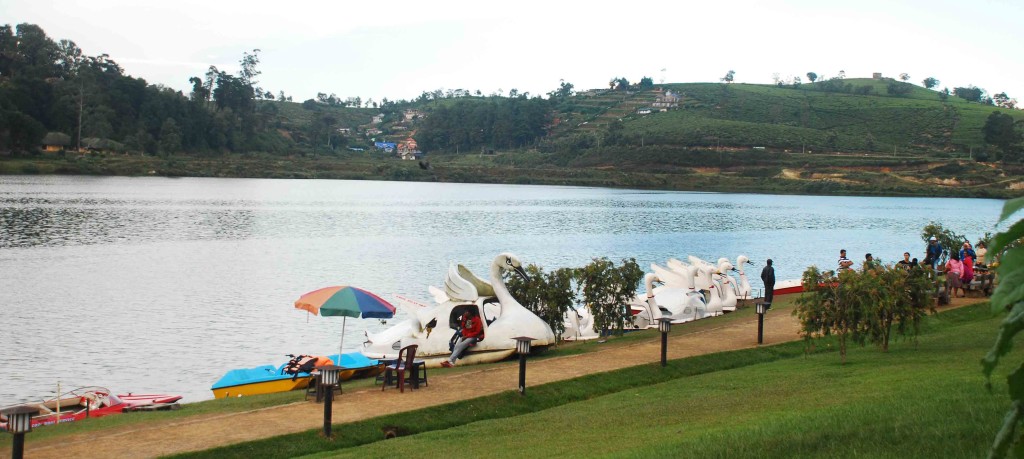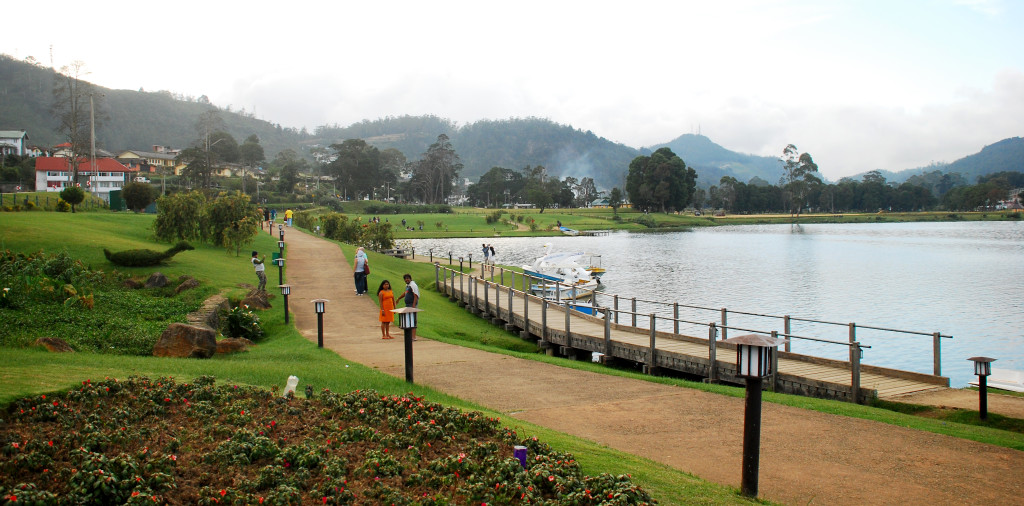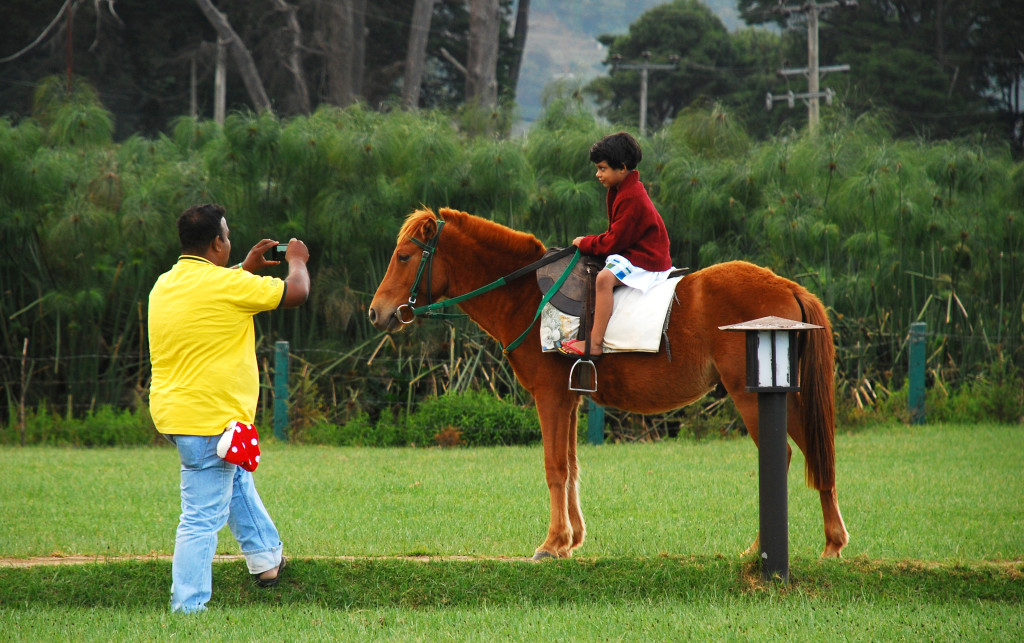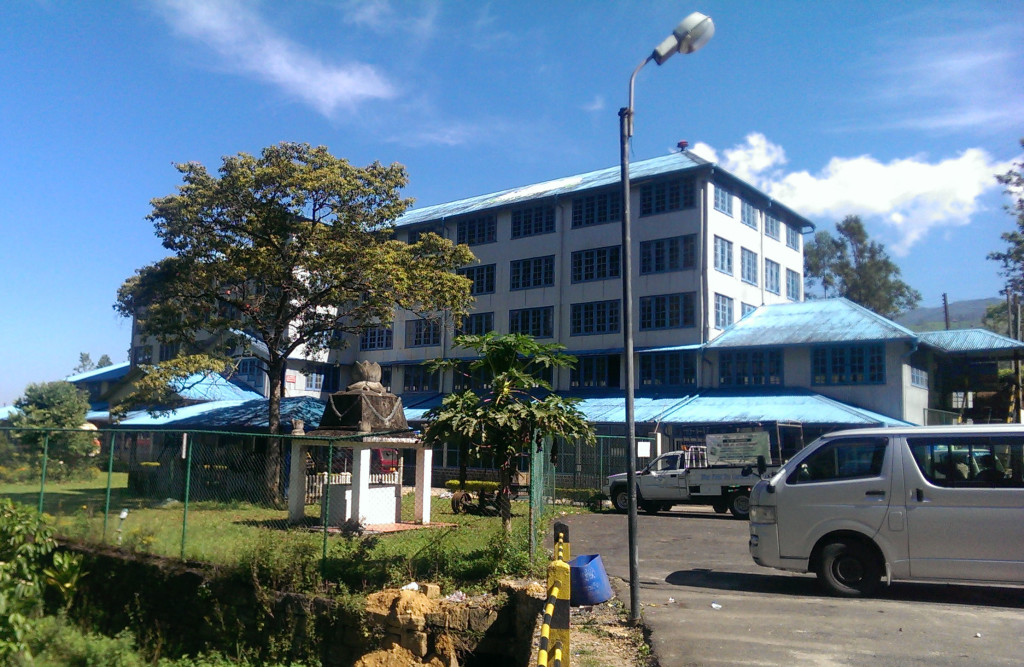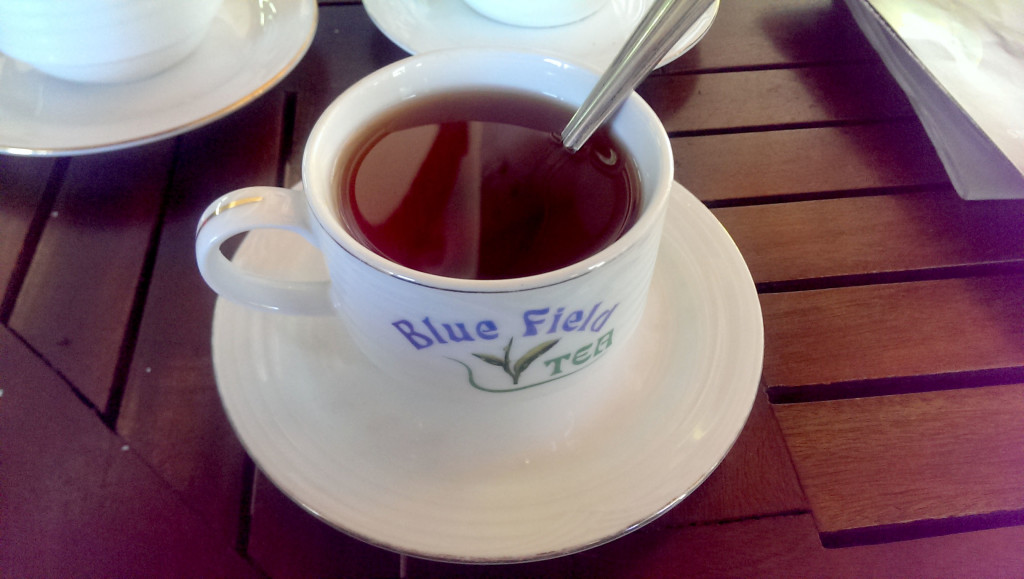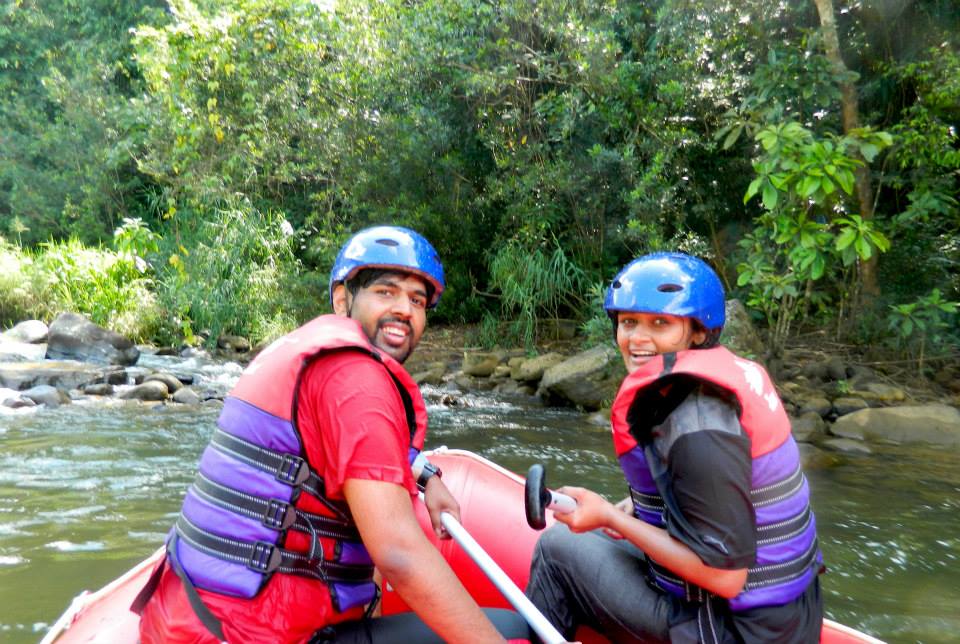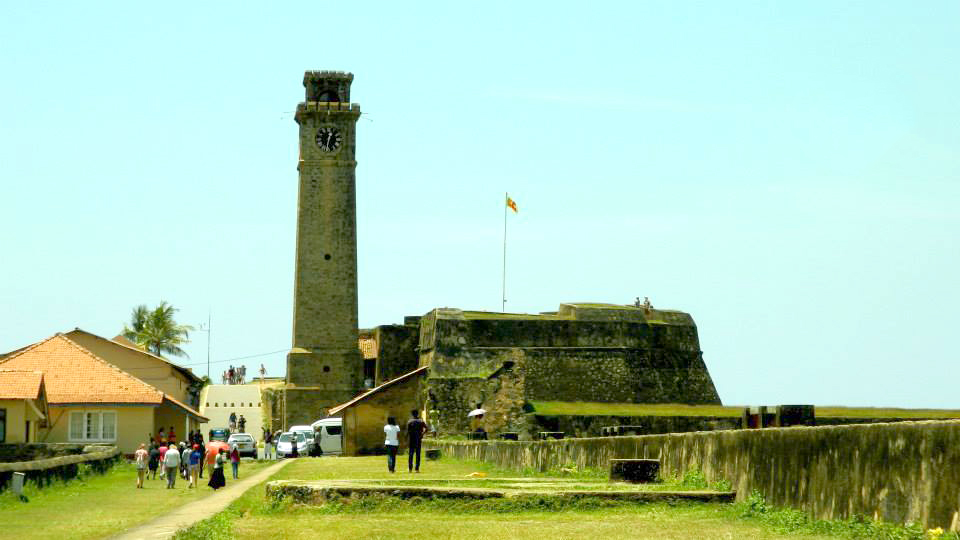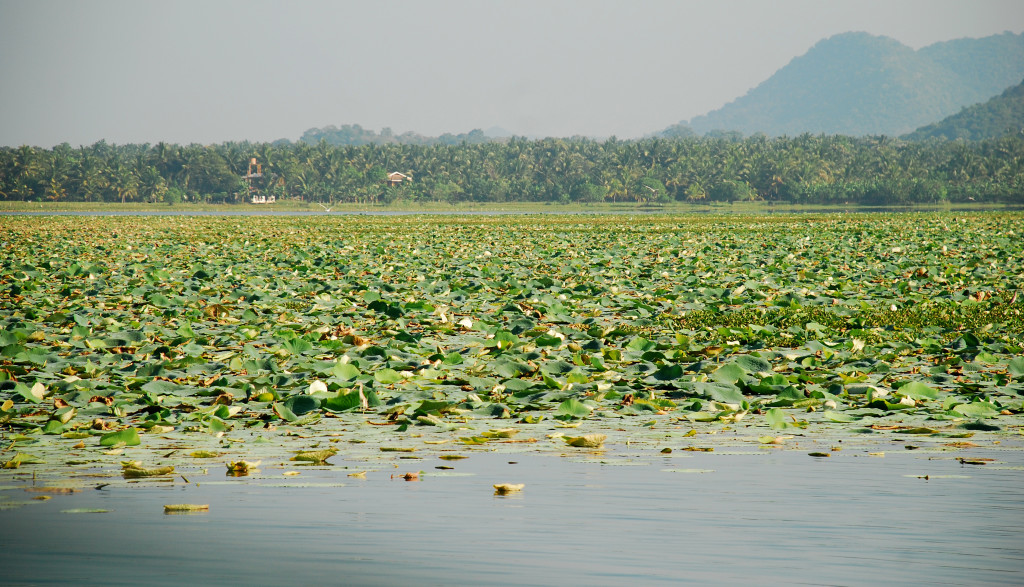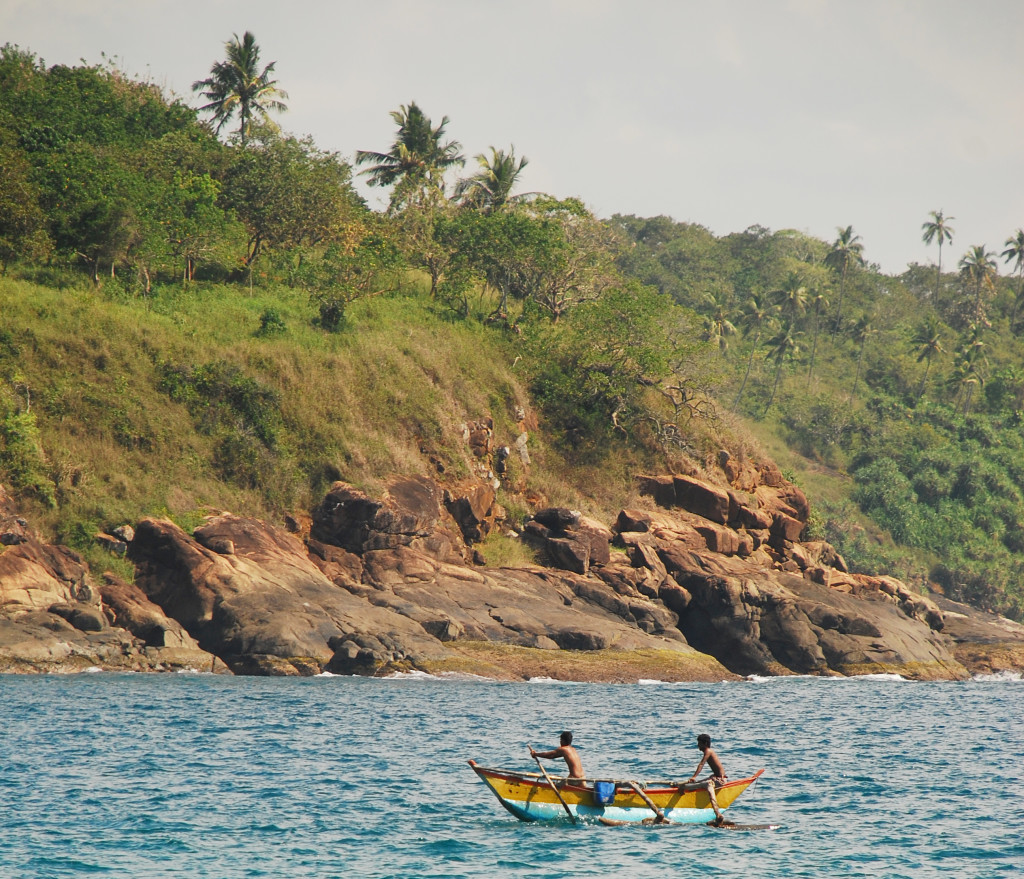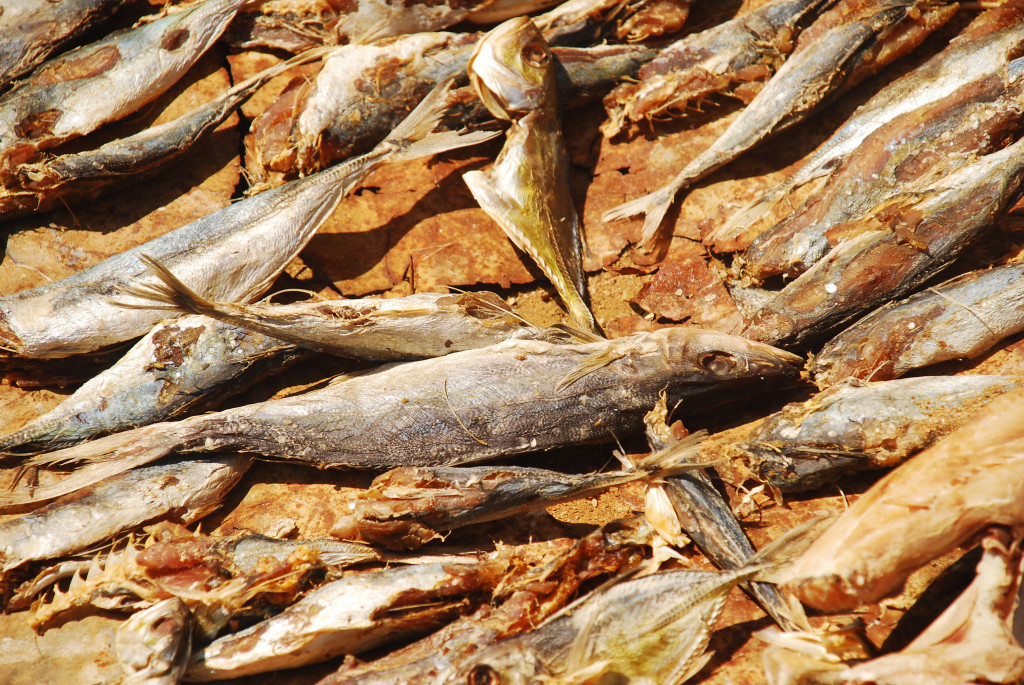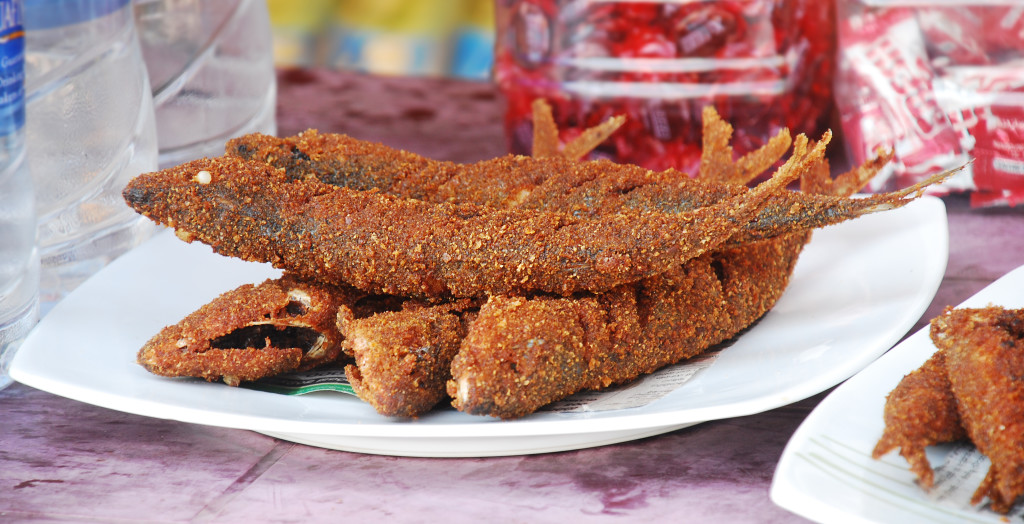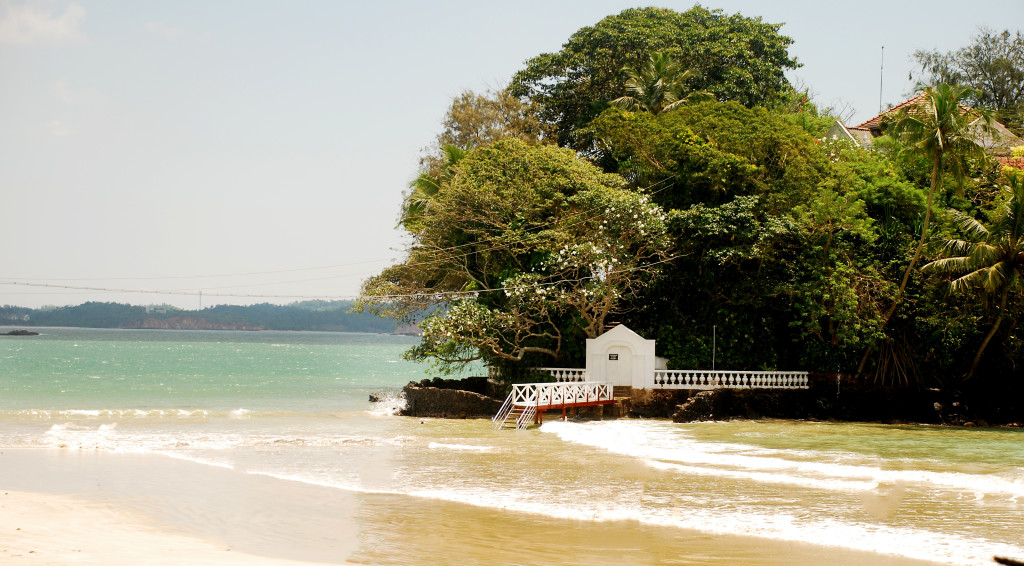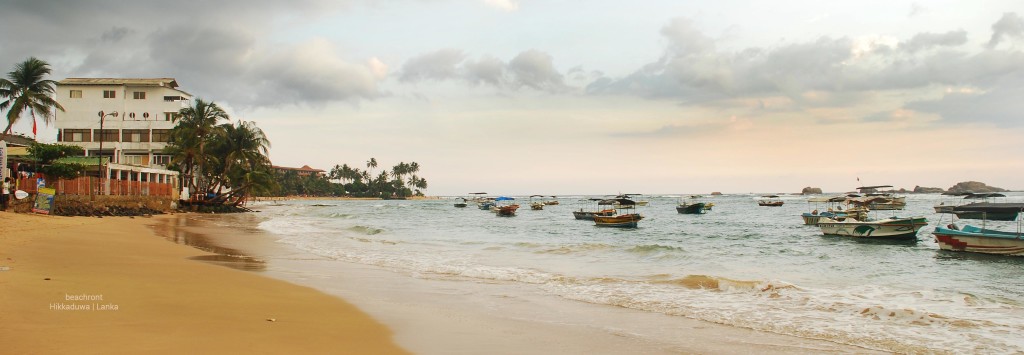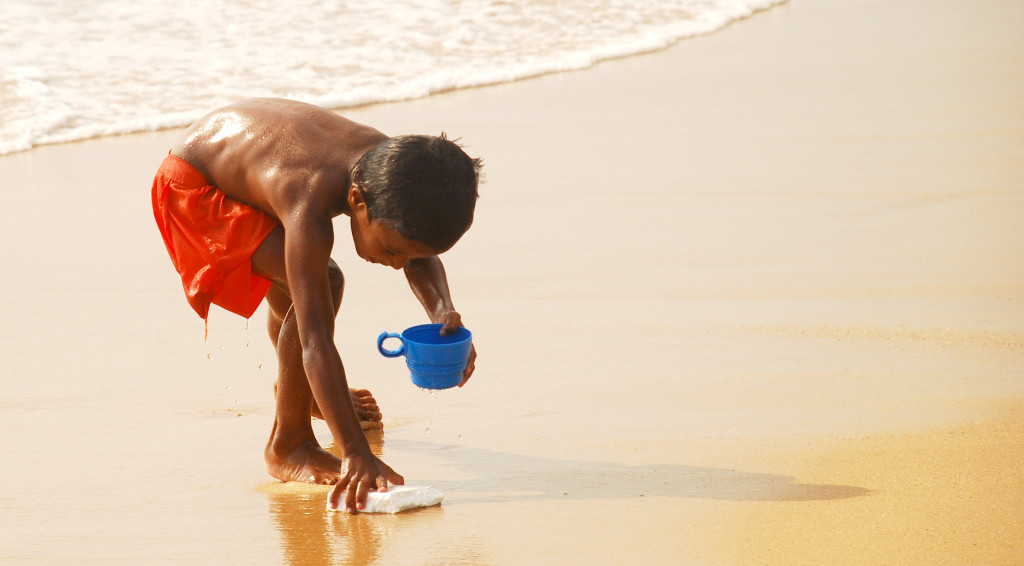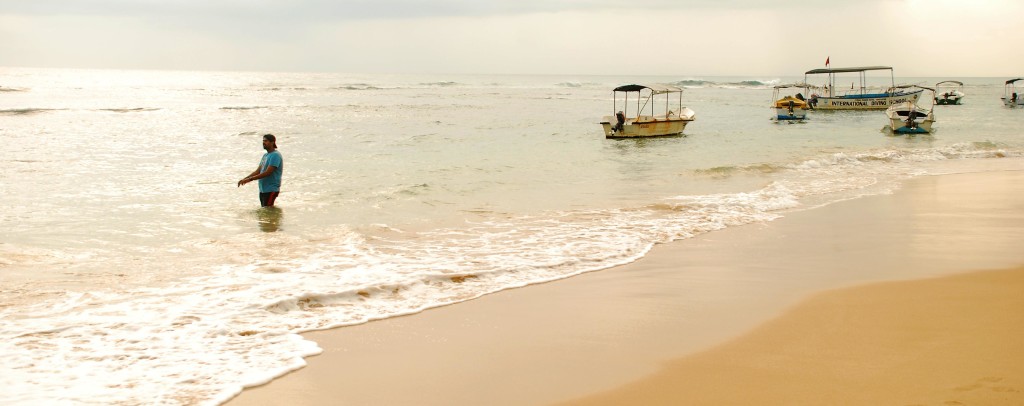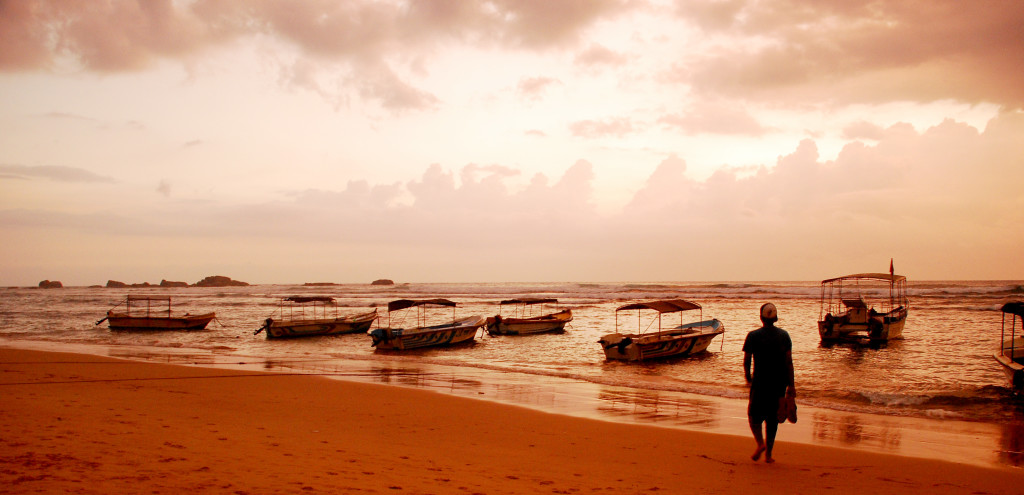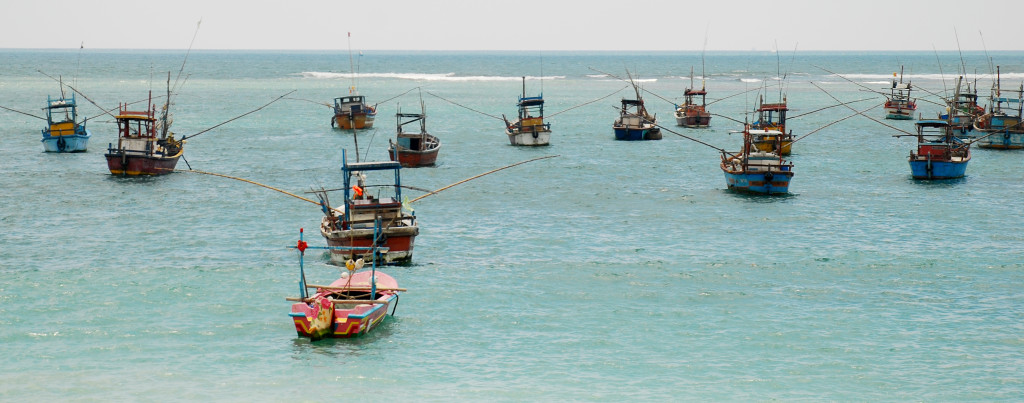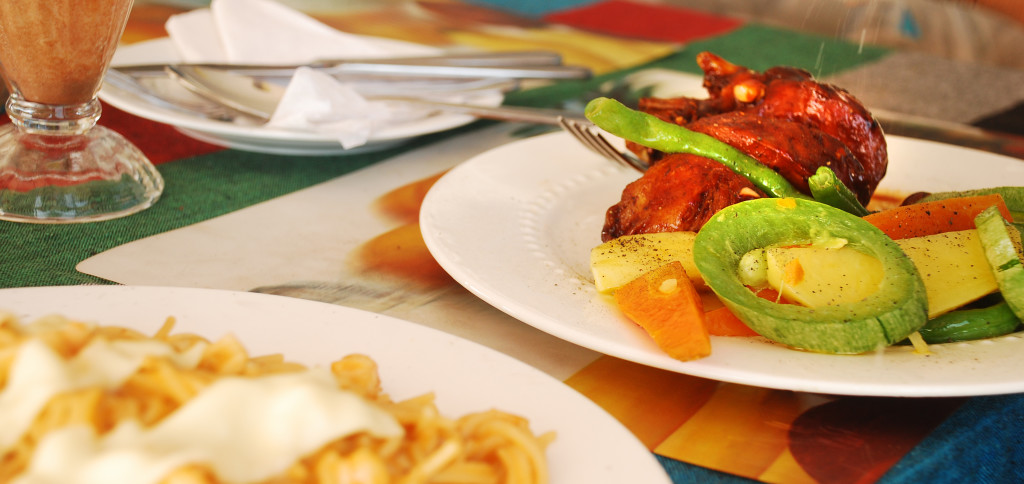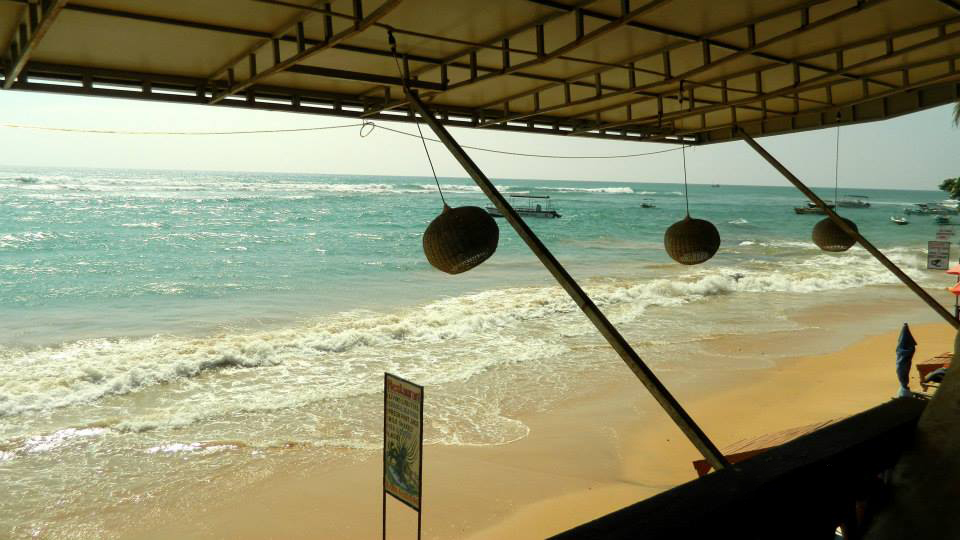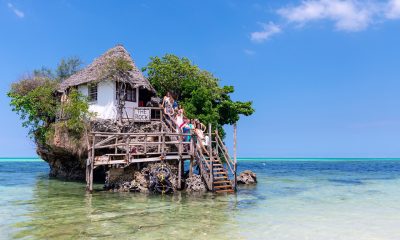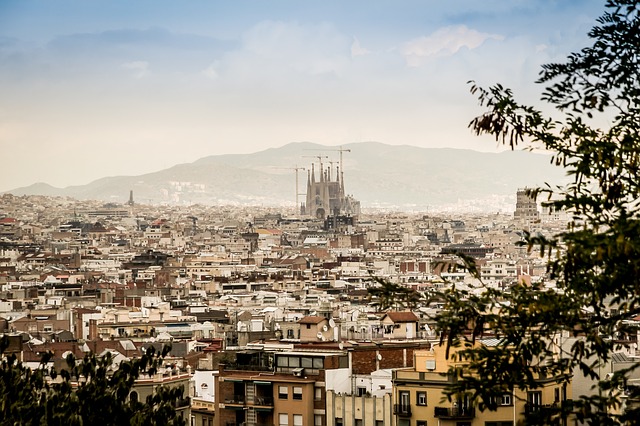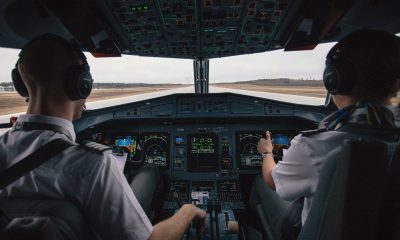Travel
Ayubowan!
Ayubowan! ( A form of greeting, much closer to ‘Hello’ or ‘Namastey’).
There’s a land blessed with aquamarine beaches, excellent ancient history, centuries old architectural marvels, immense natural beauty of the hills, amazing hospitality, culture and sumptuous food. On the first look this land looks puny, located in the southern tip of the Indian subcontinent. But it give us more as we dive in! Yes, I am talking about Sri Lanka; the special land where ancient history blends so well with modernity without a crease!
The day began with a walk into the largest fish market in Lanka; the Negombo fish market. As the day dawned, shop owners were prepping up their little shops, displaying their catch from the early morning, cats waking up from their slumbers and a tub of live crabs being cranky, cackling to get out!
Some customers have come earlier bargaining a good price for the fishes displayed. A fisherman chops up the large tuna and packs it up into black polythene bags. Just behind him, the sea is calm, occasionally waves roaring big.
Moving into the town of Negombo, I stop for a light breakfast; fish dumpings, onion buns, aaloo stuff buns and fish+ egg bun downed over a pack of Milo drink, from Perera and Sons, a snackery that has a number of branches all over Sri Lanka.
From Negombo, we move towards one of the prime attractions of this country, that always shows up in tourism blogs and photos of Lanka; The Pinnawala Elephant orphanage. This orphanage caters to elephants who have been mistreated, injured and aims at the wellbeing of these gentle giants as they show up generously in the cultural fabric of Lanka. Spread over a vast land, this centre offers elephants a lovely loving home, with proper food, medication, the Oya river for bathing and fun, and enormous funds from well-wishers. As I look on, smaller elephants play with onlookers, seeking attention with trunks and their gimmicks! Some smaller elephants roll over in the muddy river, and defecate directly on. A few chew on palm leaves as baby elephants attract attention of every animal lover around! Just being cute as they are!
A good one and half hours spent with these beautiful creatures gave me an opportunity to understand why Srilankan culture has such high values of this animals. And yet, we see them being rides to the tourists, being paraded for the fancy of the foreigners on many occasions. However, I hope that the condition of these animals improve everywhere in the world.
Off Pinnawala, the ancient Rock temple of Dambulla was not so far away. The rock temple is very interesting as it is said to have been built in the first century BC. With beautiful architecture, statues and paintings inside, the cave temple is a place of worship, pilgrimage, and tourist interest. A huge golden Buddha statue sits high just at the entrance. Owing to the extreme ancient art inside, photography is not allowed inside the temple.
However, the cave temple is beautifully lit with lamps, surrounded by a number of ancient paintings on the walls, apart from centuries old statues of Buddha and his disciples.
Off Dambulla, as we move towards Sigriya town, the sun lends its last few rays of the day; leaving back the twilight. Sigriya comes in, as a smaller town, with winding roads between lush green landscape and a fortress in the far, my destination for tomorrow.
Sigriya fort is a rock fort and a finest example of ancient art and architecture. This is a UNESCO heritage site as of now and the maintenance of this art is well done! The fort is built on a huge rock with grooves and cuts that serve as steps, and a treasure of ancient paintings on the inside walls. A flight of over 300 steps serve to take one to the top of the fort. Young kids to senior citizens, everyone shows equal enthusiasm to climb up the fort. The fort is surrounded by shrines amidst lust green trees and shrubs. Macaque monkeys jump on the trees and shrines, with little ones tightly hugging their bellies.
Ancient fountains and great baths just like the Harappan ones are constructed on the front garden of Sigriya fortress. From atop the fortress, at a height of 660 feet from the ground, a major part of Sigriya town and Dambulla statue can be seen. It’s a beautiful view and that’s the highlight of this enormous climb.
After Sigriya being hungry was beyond doubt. So, I head over to a cozy lunch shack for an authentic Srilankan lunch. For a meagre amount of 250/- Srilankan rupee, I get a good mount of white rice, sided by fresh vegetable curries including dal, spinach, bottle gourd and a fine slice of fish. It’s sumptuous and so nutritious, all made on a coconut base. The food so has similar flavours as that of Malayali food, that I just feel right at home!
Polonnurawa ancient city was my destination after the fabulous meal as the city of the Polunnaru kingdom is much talked about for its art and architectural beauty. As a world heritage site, this city is constituted by architectural relics over an area of 10 kilometres in periphery. Stupas, minarets, palaces, halls, temples, statues and mini-fortresses make this site as impressive as it claims. Neatly manicured shrubs adorn the gardens in front of these buildings. Monkeys thrive alongside komodo dragons who bask in the sun on the lawns.
Some tourists can access cycles to roam around the ancient city, thereby reducing their carbon footprints. Hawkers and shop keepers sell SriLankan masks, stone statues and fresh king coconuts. I bargain for an exquisite art piece made of clay, make my purchase and carefully toss it into my bag.
Kandy is located amidst the hills of the Kandy plateu located in the central region of SriLanka. As the second largest town, this city boasts of lakes and gardens topped with a great hill view. Slightly cold the city is, during mornings, but by the evenings, its charm just doubles. Neat roads and shopping malls, hemmed by tradition, temples and restaurants are the main attractions of this city for a foreigner.
From Kandy, Nuwara eliya is a couple of miles away. Called the tea-garden and Little England of SriLanka, this hill town was a much coveted town for the British rulers, after they were tired of the hot climate, throughout the rest of the country. With a picturesque landscape and chilly climate, Nuwara Eliya is a sought after destination for the honeymooners in Lanka.
Lake Gregory park is a great place to sip up the essence and beauty of the place during evenings. Small restaurants serve the tourists on the sides of this park. Horses trot around with customers on its back, through the green lawns. A bunch of people play golf not so far away. As the sun sets, the weather becomes cooler, the lake less bustling with swan boats and Nuwara Eliya’s mountains go to sleep.
Nuwara Eliya’s famous tea plantations have been making tea ever since the British set foot on this town. The tea from Nuwara Eliya is branded as Ceylon tea, to be exported and consumed all over the world. The very expensive white tea is also cultivated on these hills. I have a cuppa fresh brew from the Blue field tea factory with a wedge of squeezed lemon, to indulge myself in some shopping of exquisite tea produce.
White water rafting at Kitugala is a not to miss adventure at Srilanka. The Kelani river is a fast moving river with frequent gush of water through wedges of huge rocks here there on the fast riverbed. A trivial fact learnt here: the movie, ‘The Bridge on the river Kwai’ was shot from over this river, the highlight being the wooden bridge over this river, Kelani!
Winding down the hairpin curves of Nuwara Eliya, moving down to the plains of Tissamaharama which hosts the huge lake of Tissa was a pleasant change. After the Tissa river comes the towns of Akuressa and the seaport of Galle. Galle calls itself the Dutch town after the colonization by the Dutch. The famous fort of Galle is situated here from atop which one could see the panorama of the town of Galle.
From the town of Galle, the beach town of Hikkaduwa is not so far away. Hikkaduwa is one of the most famous beaches of the world, for its surf scene, after Arugam Bay. Hikkaduwa is a clean, blue beach, much like any other beach in SriLanka. Hemmed with coconut trees, the shallow beach is a great place for enthusiasts to surf. Little kids play in the gushing waves. A few youngsters play volleyball on the beach sand.
Boats are latched to the beach by anchors. As the sun sets, the rays lend an orange color to the sky, the water, the sands silhouetting the people and boats. The aquamarine water turns into a steady red, and the wind blows harder. The beach tide rises, as though to close the day.
During nights the same wind rushes into the beach street, lightly swaying the colourful beach- clothes on sale in the shops dotted along the beach road. Music rises with flavorful aromas of great food in the making.
Windchimes cling and drums play, welcoming the night. I swoon, looking at the moon, rising over the dark cold beach. The waves are welcoming me, I know.
Oh, SriLanka! What Magic you have in your hands!
Travel
Travel wellness tips for a healthier and more enjoyable journey
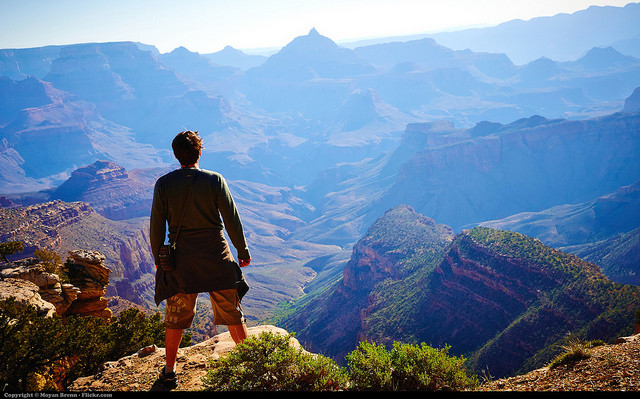
Exploring the world is an enriching experience that rejuvenates the mind and expands horizons. However, travelling often disrupts routines and introduces the body and skin to unfamiliar conditions. These changes—ranging from climate shifts to varying hygiene standards—can impact overall wellbeing if not managed properly. By preparing ahead and making wellness a priority, travellers can ensure each journey is not only memorable but also beneficial for their health.
From leisure escapes to business trips, the key to an enjoyable and balanced travel experience lies in mindful habits. Incorporating health-conscious practices and personalised care into travel plans helps avoid fatigue, skin issues, and stress. Whether discovering a new city, relaxing by the sea, or hiking through nature, staying well enhances every moment away from home.
Wellness preparation before you travel
Adapting to a new destination starts long before you arrive. Preparing your body and mind for travel can prevent common issues like jet lag, dehydration, or skin irritation.
Maintain a balanced routine in the days prior
In the lead-up to a trip, it’s essential to prioritise sleep, hydration, and a nutrient-rich diet. These fundamentals support the immune system and energy levels, especially when facing long-haul flights or rapid time zone changes. Avoiding alcohol and caffeine in the 48 hours before departure also helps ensure better rest and minimises dehydration.
Customise your travel wellness kit
Packing smart can make a significant difference. Include hand sanitiser, rehydration sachets, supplements, and any medications you may need. For relaxation, tools like eye masks, earplugs, or a neck pillow offer comfort during transit.
When it comes to day access to high-quality wellness facilities such as pools or spas, platforms like Daypass.com offer a flexible and convenient solution. It allows travellers to enjoy exclusive amenities at hotels worldwide without needing to book a room, ensuring comfort and luxury wherever they go.
Healthy skincare habits while travelling
The skin is one of the most affected organs during travel, particularly due to climate changes, dry cabin air, and environmental stressors. A personalised approach to skincare makes a noticeable difference.
Why personalized skincare matters when you travel
Switching time zones and environments often exposes the skin to unfamiliar conditions:
- Tropical climates may increase oil production and cause breakouts.
- Cold destinations tend to dry out the skin, leading to flaking or redness.
- Urban areas expose travellers to pollution and oxidative stress.
In such cases, a standard skincare routine might fall short. By embracing personalized skincare, travellers can adjust their routines based on real-time skin needs.
How to build a personalized travel skincare routine
A travel-specific routine ensures skin health regardless of destination. Key steps include:
- Using analysis tools pre-trip to determine what your skin needs.
- Packing light, with TSA-approved containers of tailored products.
- Adjusting for climate, whether that means adding hydrating serums or reducing heavy creams.
- Sticking to essentials, to avoid carrying excessive items that don’t serve your current needs.
This not only simplifies packing but also enhances skin resilience during the trip.
Staying active without compromising comfort
Travel can involve long hours of sitting, which leads to fatigue and stiffness. Integrating movement and active wellness practices is key to maintaining energy levels and mood.
Utilise facilities and outdoor options
Staying active doesn’t require a full gym. Many travellers now seek hotels or day-access facilities that offer pools, fitness centres, or yoga studios. In cities and coastal towns, walking or cycling tours provide both physical activity and sightseeing benefits.
Those with short layovers or who are only passing through a city can take advantage of platforms such as Daypass, which connect users to premium hotel amenities, including gyms and wellness centres, without requiring overnight stays. This enables consistent physical care no matter the schedule.
Nutrition and hydration tips for on-the-go wellness
Eating well on the road can be challenging, especially with irregular schedules or unfamiliar cuisines. However, mindful choices support digestion, energy and immune function.
Smart food and drink habits
Travellers should aim to:
- Stay hydrated, especially during flights where humidity is low.
- Avoid processed snacks, and instead opt for fresh, whole foods.
- Moderate alcohol and caffeine, which dehydrate the body and disrupt sleep.
- Try local cuisine while being cautious of hygiene and food safety practices.
Meal planning apps and local food guides can also help identify healthy dining options.
Relaxation and stress management on the move
A peaceful state of mind contributes greatly to a rewarding travel experience. Unexpected delays or cultural differences can cause tension, so mental wellness practices are just as crucial as physical care.
Incorporate moments of calm
Breathing techniques, short meditations, or stretching sessions can be done anywhere—from airport lounges to hotel rooms. Spa treatments, nature walks, and quiet evenings with a book are simple yet effective ways to recharge.
Some destinations also offer luxury ground transport options that enhance the comfort of getting from one place to another. Choosing a Denver Limousine Service, for example, allows travellers to move through a city in a serene and elegant setting, turning travel time into a restful part of the journey rather than a source of stress.
Beauty tourism and the rise of wellness travel
Travel and wellness are increasingly intertwined, with more people seeking rejuvenation on the go. This includes everything from spa retreats to aesthetic treatments and custom skincare sessions.
Wellness as a travel objective
Many travellers are incorporating beauty and self-care into their itineraries. Popular options include:
- Thermal spas and natural hot springs.
- Detox retreats in the countryside or tropical locations.
- Skincare consultations in cities known for cosmetic expertise.
This growing interest in combining holidays with self-improvement reflects a broader movement towards holistic travel, where physical, emotional, and aesthetic wellbeing are all addressed simultaneously.
Travel
Travelling from San Antonio to Guadalajara

Travelling between San Antonio, Texas, and Guadalajara, Mexico, offers an exciting opportunity to explore two culturally rich and historically significant destinations. Whether you’re drawn by the colonial architecture, vibrant food scenes, or deep-rooted traditions, these two cities provide a unique blend of experiences. The journey is convenient and rewarding, allowing travellers to immerse themselves in a mix of Texan and Mexican heritage. With plenty of options for flights, planning a trip between these dynamic cities has never been easier.
Why San Antonio and Guadalajara?
San Antonio is renowned for its blend of Spanish, Mexican, and Texan influences. The city is home to iconic sites such as the Alamo and the picturesque River Walk, offering a captivating historical backdrop alongside modern attractions. Visitors can explore lively markets, sample world-famous Tex-Mex cuisine, and enjoy the warm hospitality that makes this city so inviting.
On the other hand, Guadalajara, known as the cultural heart of Mexico, boasts a rich artistic heritage, stunning colonial architecture, and a thriving music scene. This city is the birthplace of mariachi music and tequila, making it a must-visit destination for travellers looking to experience authentic Mexican culture. The historic centre, with its majestic plazas and cathedrals, offers a glimpse into Mexico’s colonial past, while the modern districts provide vibrant nightlife and culinary delights.
Flying between these two cities is a seamless experience, making it easy to embark on an unforgettable journey that showcases the best of both destinations.
Best time to visit
The ideal time to visit depends on what you hope to experience in each city. If you’re planning your trip based on budget, it’s advisable to book cheap flights from San Antonio to Guadalajara in advance to secure the best deals and availability.
- Winter (December – February): This is a great time to visit both cities. San Antonio enjoys mild winters, making it perfect for strolling along the River Walk adorned with festive lights. Meanwhile, Guadalajara’s pleasant weather makes it ideal for outdoor exploration and cultural festivals.
- Spring (March – May): Spring brings blooming landscapes and pleasant temperatures in San Antonio, making it a fantastic time to explore the city’s missions and parks. Guadalajara also enjoys warm temperatures and fewer crowds during this season.
- Summer (June – August): While summers in San Antonio can be hot, this is a great time for water-based activities such as tubing on the Guadalupe River. Guadalajara experiences some rainfall but remains lively with events and lush greenery.
- Autumn (September – November): Autumn is particularly special in both cities. San Antonio hosts Día de los Muertos celebrations, while Guadalajara comes alive with Mexico’s Independence Day festivities and the Día de los Muertos traditions.
Things to do in San Antonio and Guadalajara
San Antonio
Explore the Alamo and the Missions
No trip to San Antonio is complete without a visit to the historic Alamo, one of the most famous landmarks in Texas. The San Antonio Missions National Historical Park also offers a deeper look into the city’s Spanish colonial past.
Stroll along the River Walk
The San Antonio River Walk is a must-visit, featuring charming waterways, restaurants, and cultural attractions. Visitors can take a scenic boat ride or simply enjoy a leisurely stroll along the vibrant paths.
Visit the historic Market Square
For an authentic Tex-Mex experience, Market Square offers delicious food, unique crafts, and lively entertainment. This is a great place to immerse yourself in the city’s Mexican heritage.
Enjoy the culinary scene
San Antonio is a paradise for food lovers, offering classic Tex-Mex cuisine, authentic barbecue, and innovative culinary creations. Be sure to try puffy tacos, a local specialty that can’t be found anywhere else.
Guadalajara
Explore the historic centre
The city’s historic centre is home to stunning colonial-era buildings, including the Guadalajara Cathedral, the Instituto Cultural Cabañas, and the Plaza de Armas. Walking through this area allows visitors to admire the intricate architecture and soak in the city’s vibrant atmosphere.
Visit Tlaquepaque and Tonalá
For those interested in arts and crafts, a trip to Tlaquepaque and Tonalá is essential. These neighbouring towns are famous for their traditional pottery, textiles, and hand-painted ceramics, making them perfect for souvenir shopping and cultural immersion.
Experience Tequila Country
No trip to Guadalajara is complete without a visit to Tequila, the birthplace of Mexico’s most famous spirit. Travellers can tour agave fields, visit distilleries, and sample authentic tequila while learning about the drink’s production process.
Enjoy local cuisine
Guadalajara offers an incredible food scene that highlights traditional Jalisco flavours. Must-try dishes include birria (a spicy, slow-cooked meat stew), torta ahogada (a pork sandwich drenched in spicy sauce), and pozole (a hominy stew). Pairing these with a refreshing agua fresca or a local tequila-based cocktail enhances the dining experience.
Travel tips for a perfect trip
Book flights early
To get the best deals on airfare, it’s advisable to book flights well in advance. Searching for discounts and comparing prices can help travellers find budget-friendly options.
Choose accommodation wisely
Both San Antonio and Guadalajara offer a variety of accommodation options, from luxury hotels to charming boutique stays. Staying near San Antonio’s River Walk or Guadalajara’s historic centre provides easy access to major attractions.
Learn basic Spanish phrases
While many locals in both cities speak English, knowing a few basic Spanish phrases can enhance your travel experience and help with navigation, ordering food, and interacting with locals.
Use public transport
San Antonio has a well-connected public transportation system, including buses and river taxis. Guadalajara’s public transportation is also affordable and efficient, making it easy to get around the city without renting a car.
Pack accordingly
Depending on the season, it’s important to pack light and breathable clothing for warm months or a light jacket for the cooler evenings. Comfortable walking shoes are also recommended for exploring the cities’ streets and attractions.
Respect Local Customs
Both San Antonio and Guadalajara are known for their warm hospitality. Simple gestures such as greeting people with a friendly “Buenos días” and showing appreciation for local cuisine and music contribute to a positive travel experience.
Travel
Discover extraordinary places and enjoy unique experiences
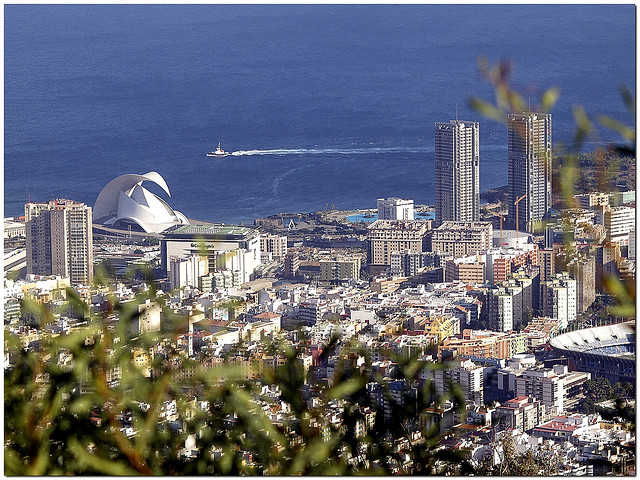
Exploring extraordinary places and having unique experiences are pleasures everyone wants to enjoy. There are many wonderful places to visit around the world, accessible with the right preparation and proper support. These destinations offer exceptional tourist services, are within your reach, and are waiting for you to discover them!
Travelling is one of the most enriching experiences a person can have. It allows you to discover new cultures, stunning landscapes, and moments that remain etched in your memory forever. If you are planning your holidays or a delightful weekend getaway with your partner, family, or friends, you’re surely considering all the options available to you. There are many excellent tourist destinations worth visiting.
Exploring unique destinations like the beaches of Tenerife, luxury villas in Sardinia, and The Mora Resort in Zanzibar are wonderful options to consider—not only for the breathtaking views but also for the high-quality services you’ll find there.
The unforgettable beaches of Tenerife
Tenerife, the largest of the Canary Islands, is famous for its extraordinary golden and black sand beaches, formed by volcanic activity. It’s a paradise for sun and sea lovers, as well as those seeking adventure and water activities. From surfing at Playa de las Americas to diving in the crystal-clear waters of Los Cristianos, Tenerife offers a wide range of experiences to suit all tastes.
There are some Good Tenerife beaches that you’re sure to fall in love with as soon as you arrive. All you need to do is plan well, check your possible routes, and, for added convenience, hire the services of a reliable taxi agency to take you across this coastal haven.
With access to transportation, you can visit any of the wonderful and paradisiacal beaches in this magnificent corner of the world. Simply coordinate the itinerary with the taxi you hire and get ready to enjoy one of the best experiences of your life—it’s certain to be a great help.
Luxury villas in Sardinia
Sardinia, an Italian island in the Mediterranean, is known for its stunning landscapes and exclusivity. The villas Sardinia offer a unique accommodation experience, combining modern comfort with the island’s natural beauty. These luxury villas, many located on the famous Smeralda coast, boast panoramic sea views, private pools, and direct access to private beaches.
These villas are the favourite spot for affluent individuals seeking tranquillity, beauty, comfort, and adventure all in one place, where you can spend unforgettable days surrounded by opulence in a setting full of style and sophistication—everything you deserve on your holiday.
To find the villa you want, it is advisable to seek the help of a good estate agency to assist you in finding a rental property for your holiday. Fortunately, there are excellent options for luxury villas in Sardinia that you can check out on the recommended portal and book straight away to ensure your perfect holiday spot.
The Mora Resort in Zanzibar
Zanzibar, an archipelago off the coast of Tanzania, is renowned for its beautiful white sand beaches and crystal-clear waters. The Mora Resort, located right on one of its most stunning beaches, offers luxurious experiences and relaxation in a paradisiacal setting. This resort blends traditional Zanzibar architecture with modern amenities, set in a unique and welcoming environment.
Guests can enjoy activities such as snorkelling, diving, and boat trips, while exploring the rich marine life and coral reefs of the area. In addition, the resort offers spa and wellness treatments, allowing visitors to relax and rejuvenate in a tranquil and beautiful setting. The cuisine at this resort is another highlight. Its restaurants offer exquisite fusions of local and international flavours, using fresh, high-quality ingredients.
If you’re looking for an unforgettable holiday, Zanzibar is an excellent option, and The Mora offers an unforgettable stay to make your trip even more special.
In conclusion, whether you’re seeking relaxation on the golden sands of Tenerife, indulging in the luxury of Sardinia’s villas, or immersing yourself in the paradise of Zanzibar’s The Mora Resort, these exceptional destinations promise unforgettable experiences. With the right preparation, each journey will leave you with lasting memories, making your travels truly extraordinary.
-

 Business10 months ago
Business10 months agoHow To Future-Proof Your Business With The Right Tools
-
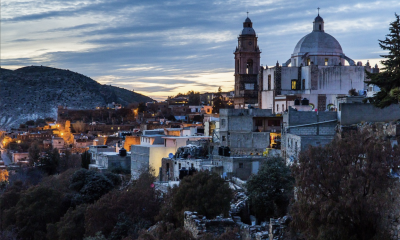
 Travel8 months ago
Travel8 months agoTravelling from San Antonio to Guadalajara
-

 Business11 months ago
Business11 months agoWhat are EDC products, and why should you always have them?
-

 Travel5 months ago
Travel5 months agoTravel wellness tips for a healthier and more enjoyable journey
-
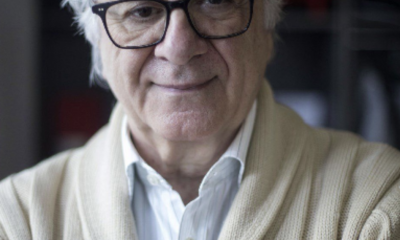
 Europe4 months ago
Europe4 months agoRecent Books by Boaventura de Sousa Santos: Law, Colonialism, and the Future of Europe

